Posts tagged with "writing skills"
The Russian Vocabulary Black Box: How to Unlock Passive Words for Active Storytelling (A2-B1)
You recognize 1,000 Russian words, but only write with 100. We reveal the critical difference between passive recognition and active production memory, and the 4-step cycle to bridge the gap.

The French 'Vocabulary Black Hole': Why Your A1 Words Vanish When You Start to Write ✍️
You know the French words when you read them, but they disappear when you try to produce a sentence. Discover the simple, active production technique that locks new vocabulary into your long-term memory.

The Armenian B1 Context Crisis: Why You Know the Words But Can't Build the Story
B1 Armenian learners often hit a wall because they consume passive information without activating production skills. Discover the critical cycle of personalized context and forced output needed for fluency.

The Latvian Vocabulary 'Desert': Why Your A1 Words Vanish Between the Flashcard and the Sentence 🌵
You know 'suns' and 'māja,' but they disappear when you try to write. Learn the 'contextual location' trick to move Latvian vocabulary from passive memory to active, instant recall.

The A1 Luxembourgish Wall: Why Your Words Hide When You Start to Write 📝
You know 'Wéi geet et?' but freeze when writing a full paragraph. Learn the 4-step Contextual Encoding Cycle to force passive Luxembourgish vocabulary into active use.

The Ukrainian 'Invisible Error' Trap: How to See the Mistakes Blocking Your Writing Fluency
Stuck reading at A2? You're making 'invisible errors' that textbooks can't catch. Learn the 3-step production cycle that forces passive Ukrainian vocabulary into active use and provides crucial, granular feedback.

The A1 Czech Writing Barrier: Why Your Vocabulary Hides When You Need It Most (And The 4-Step Production Fix)
You recognize hundreds of Czech words when reading, but they vanish when you try to write a simple paragraph. This is the A1 production gap-here is how to bridge it.

The Italian Vocabulary Blackout: Why Words Vanish When You Start to Write ✍️
You know hundreds of Italian words when you read them, but they disappear when you need them most. Discover the psychological trap of passive vocabulary and the simple, active cycle that unlocks writing fluency.

The Lithuanian Vocabulary Amnesia: Why You Forget Words When You Need Them Most
You know the words, but when you try to write, they vanish. Discover the 'Passive Trap' of A2 Lithuanian learning and the three-step cycle to unlock instant vocabulary recall.
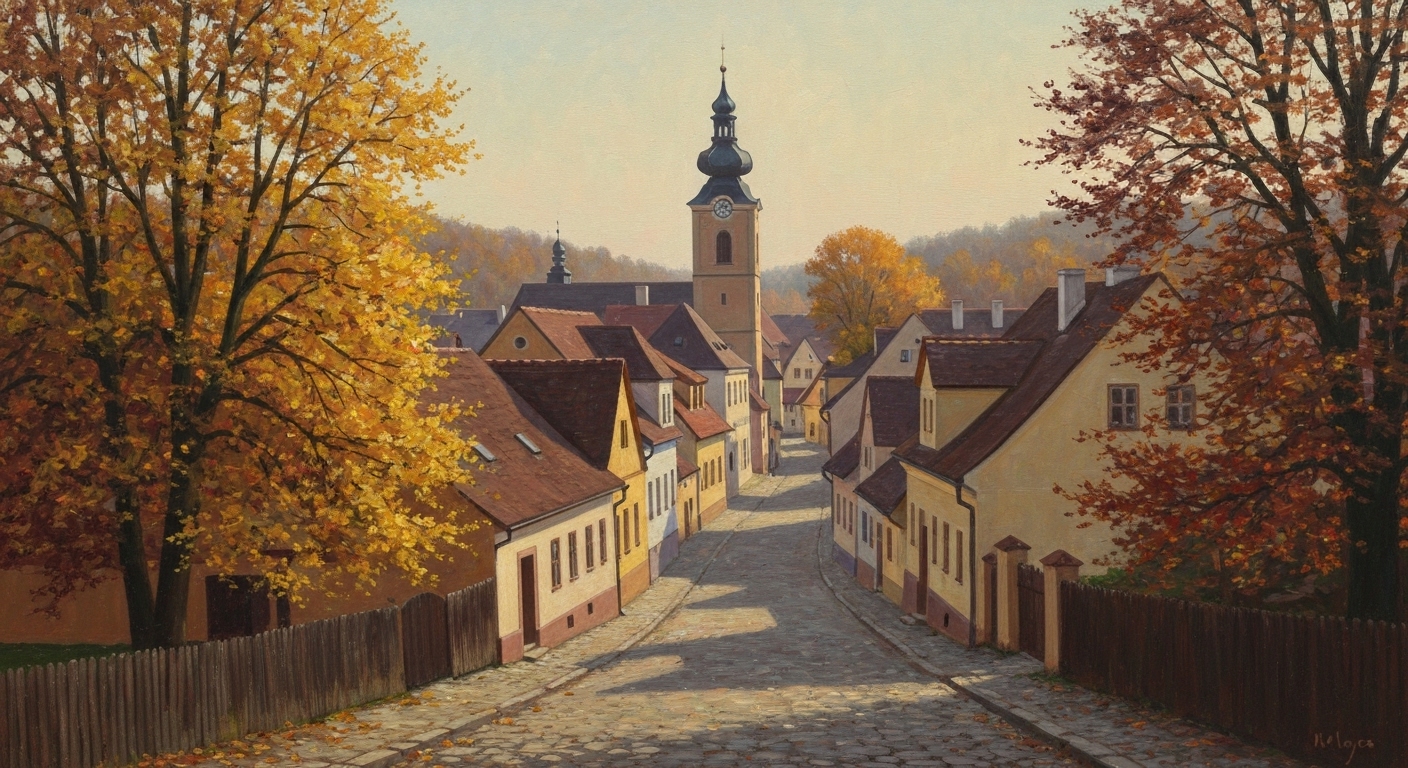
The B2 Czech Gap: Why You Understand Every Story But Can’t Write a Paragraph 🤯
B2 Czech learners often hit a plateau where reading is easy, but writing feels impossible. We explain the 'Passive Knowledge Trap' and introduce the single most effective method-Story Retelling-to unlock fluent production.

From List to Legend: The B1 Luxembourgish Guide to Weaving Fluent Stories
You know enough Luxembourgish words to tell a story, but why does it sound like a list of facts? Master the connectors and word order tricks that turn choppy sentences into native narrative flow.

Your Lithuanian Is 99% Correct. Why Does It Still Sound Foreign?
You've mastered Lithuanian cases and verbs, but your writing feels... off. Discover the 'Correctness Trap' and a 3-step cycle to write with native flavor and confidence.

Your Ukrainian Verbs Are Stuck on 'Do' and 'Go'. Here’s the B2 Upgrade.
If your Ukrainian writing feels correct but flat, your verbs are likely the cause. Learn 3 practical techniques to upgrade your verb vocabulary from functional to fluent and expressive.

The 'Un' and 'Bet' Trap: Upgrading Your Latvian Sentences Beyond 'And' and 'But'
Your Latvian sentences are correct but disconnected. Learn how to weave your ideas together with powerful connectors that move you beyond the A2 level.

The B1 French 'Echo Chamber': Why You Understand Everything But Can't Say a Word
You can read French articles, but struggle to summarize them? This is the 'Echo Chamber' effect. Discover a 3-step method to turn passive knowledge into active, confident writing skills.

Your Polish Is Correct, But Flat. Here's How to Add Color with Adjectives.
Stuck using 'dobry' and 'duży'? Learn the B1-to-B2 technique of swapping boring adjectives for vivid ones that paint a picture. Transform your Polish writing from functional to fluent.

The Grammar Shadow: Why Your Latvian Words Feel Invisible (And How to See Them)
You've memorized hundreds of Latvian words, but can't use them in a sentence. Discover the 'Grammar Shadow' that flashcards hide and the method to make your vocabulary truly usable.

The Estonian Sentence 'Upgrade': How to Ditch Clunky Clauses and Write With Native Flow
Tired of your B2 Estonian sounding correct but clunky? Discover how to replace simple 'et' and 'kes' clauses with elegant participles to finally achieve native-like fluency.
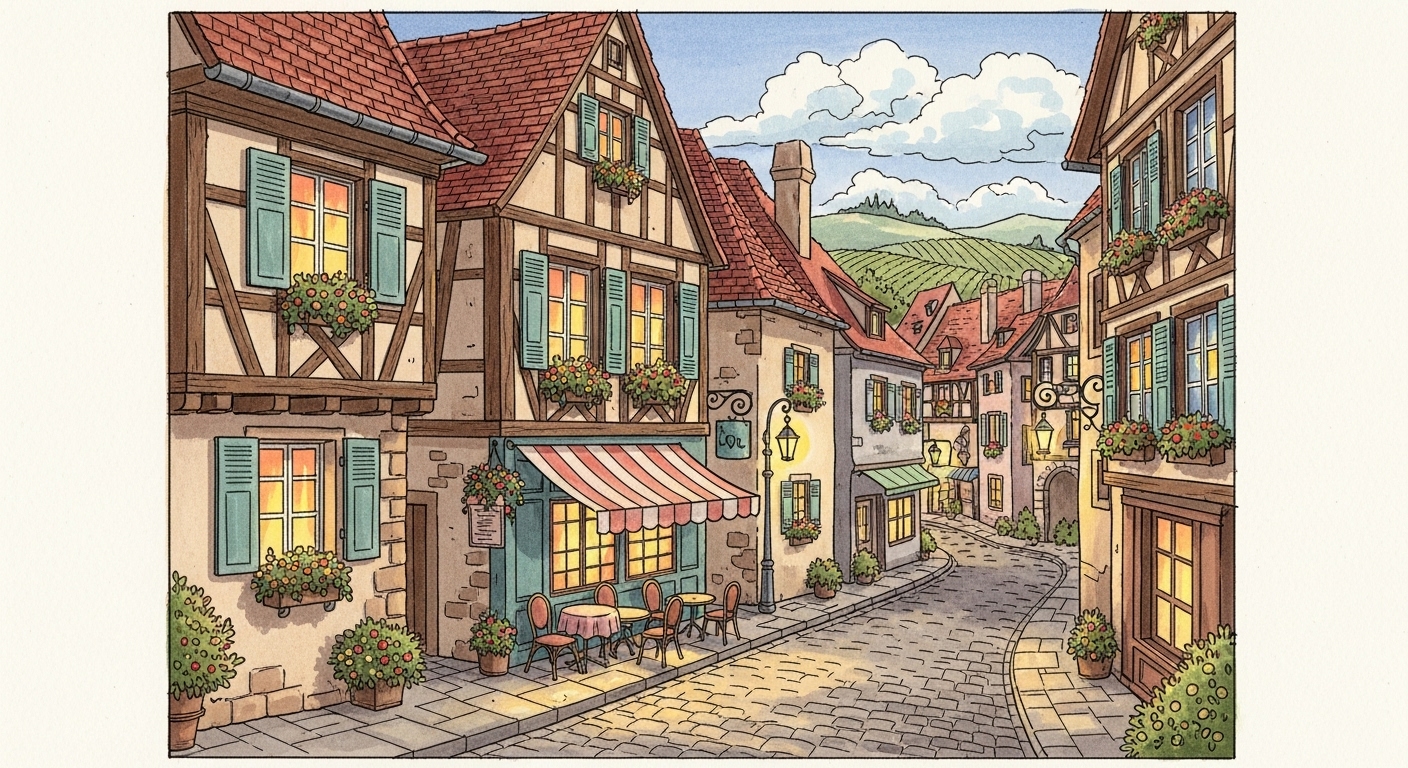
Your French Vocabulary Is a Locked Room. Here Are 3 Keys to Open the Door.
Stop recognizing French words and start using them. This guide breaks down the 3-step method to turn your passive vocabulary into an active, creative tool for writing.

The Ukrainian Writing Gym: A 3-Step Workout to Turn Passive Knowledge into Active Skill
Feeling stuck at B1 Ukrainian? Learn a powerful 3-step writing 'workout' to activate your passive vocabulary and finally write with confidence. Stop translating, start creating.
The 'Job Description' of Every Finnish Word: A Guide to Cases Without Charts
Stop memorizing 15 case endings. Discover the simple mental model that unlocks Finnish sentence structure and see why context is the only way to truly master it.
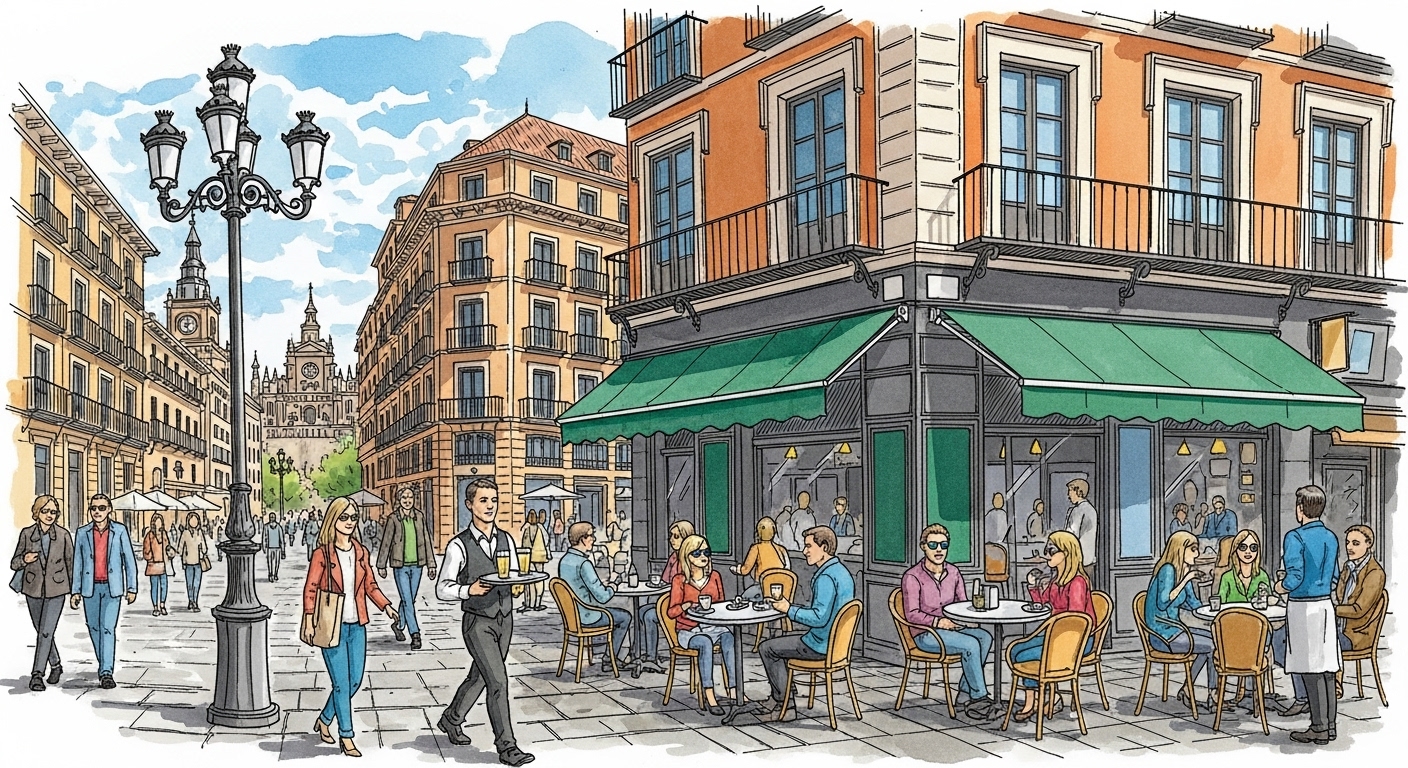
Beyond 'Cambiar': The 5 Spanish 'Verbs of Change' That Separate B1 from B2
Stop overusing 'cambiar'. Master the 5 Spanish verbs of change (`ponerse`, `volverse`, `hacerse`...) that will make your writing sound natural, not translated. A guide for B1 learners.

The Latvian 'Have To' Secret: Unlocking the Debitive Mood for a Native Sound
Struggling to express 'must' or 'have to' in Latvian? Learn the unique Debitive Mood, a B2-level structure that will transform your speaking and writing from clunky translations to authentic expression.

The Grammar Glue You're Missing: A B2 Learner's Guide to French Verbs with 'à' and 'de'
Stop guessing which preposition follows a French verb. This guide reveals the mental models to finally master 'à' and 'de', turning frustrating guesswork into confident writing.

The Ukrainian ‘Sentence Fusion’ Trick: How to Sound Less Like a Learner and More Like a Writer
Stop writing short, choppy Ukrainian sentences. Discover how to use participles to connect your ideas, create elegant flow, and elevate your writing from B1 to B2 and beyond.

Your Spanish Is a Recipe Followed Exactly. Here's How to Cook Like a Chef.
Stuck at the B1 level? Your Spanish might be correct, but is it captivating? Discover three 'chef's techniques' to transform your writing from a bland recipe into a flavorful narrative.

Your Polish Vocabulary Is a Box of Actors. Here's How to Write the Script.
Stuck with Polish words but can't form a sentence? Discover a simple storytelling method to master cases and overcome the fear of writing your first lines.
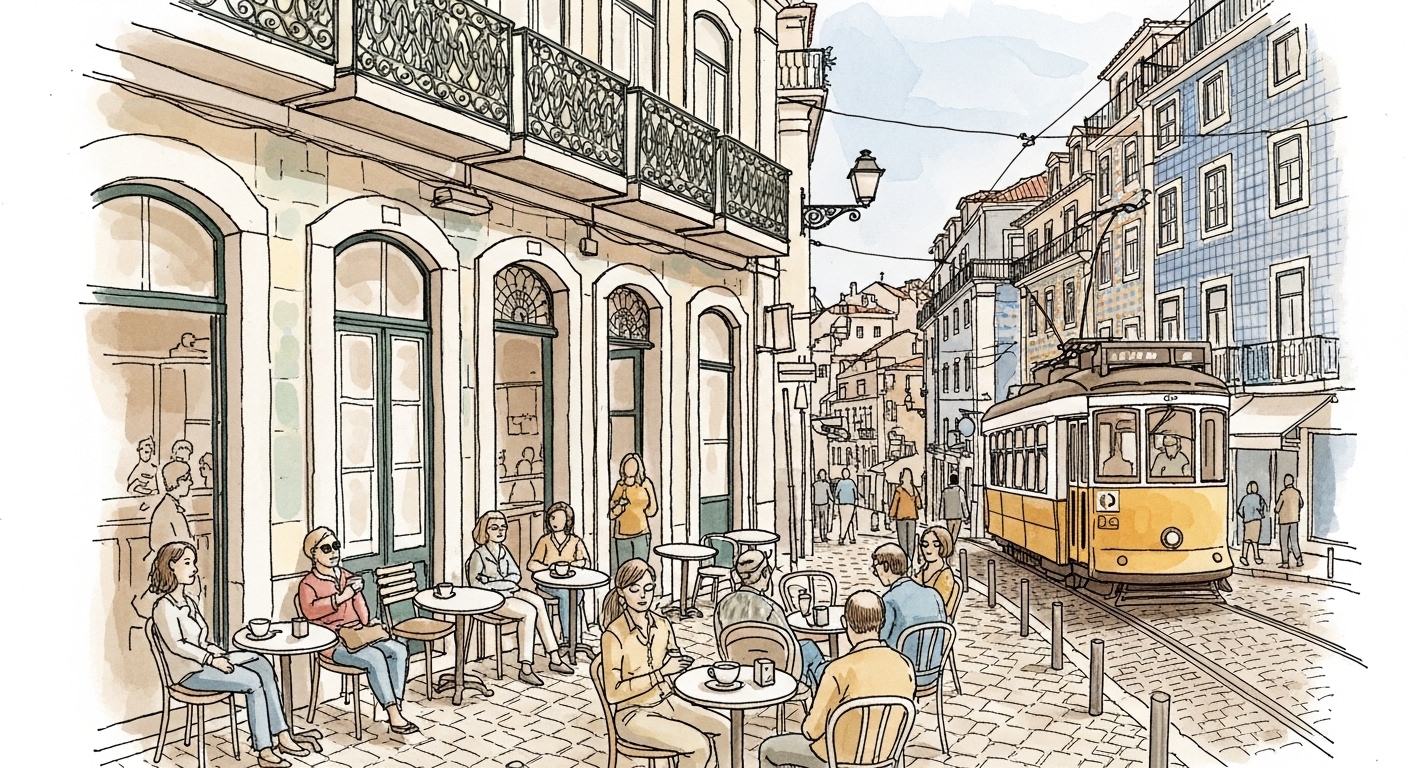
Your Portuguese Vocabulary is a Museum. Here's How to Use the Exhibits.
You recognize hundreds of Portuguese words but can't use them. Discover why flashcards fail at B1 and learn a 3-step cycle to turn passive knowledge into active fluency.

The Adverb Crutch: Why 'Дуже Добре' Is Weakening Your Ukrainian Writing
Your Ukrainian is grammatically correct, but does it feel flat? Discover why common adverbs are holding you back and learn to replace them with powerful, vivid verbs that make your writing come alive.

Every Czech Noun Wears a Different Hat: A Beginner's Guide to Cases
Confused why Czech words like 'muž' keep changing their endings? Discover the simple 'role-playing' secret behind cases and start building sentences that actually work.

Your Ukrainian Writing Has a 'Foreign Accent'. Here’s How to Sound Native.
Perfect grammar isn't enough. Discover why your Ukrainian sentences might sound unnatural and learn a 3-step cycle to fix your 'written accent' for good.

The Swedish Sentence 'Pilot': Why the Verb Always Sits in the Second Seat
Struggling with Swedish word order? Discover the V2 rule, the one simple secret to stop making common mistakes and start writing sentences that sound truly natural.

The Secret ‘Merging Words’ in Portuguese Your Textbook Didn't Explain
Confused by 'do', 'na', 'pelo'? You're not alone. This guide decodes the Portuguese contractions that block your reading flow and break your sentences, turning confusion into confidence.

Your English Vocabulary Is 'Good.' Here's How to Make It 'Exceptional.'
Tired of using simple words like 'good,' 'nice,' and 'say'? This guide gives you 50+ powerful alternatives and a method to make them a permanent part of your active vocabulary.
The Missing Spark: Why Your Portuguese Verbs Aren't Working (And the 3-Step Fix)
You've learned 'falar', 'comer', and 'viver', but your sentences feel dead. Discover the simple mindset shift to ignite your verbs and start writing with confidence.
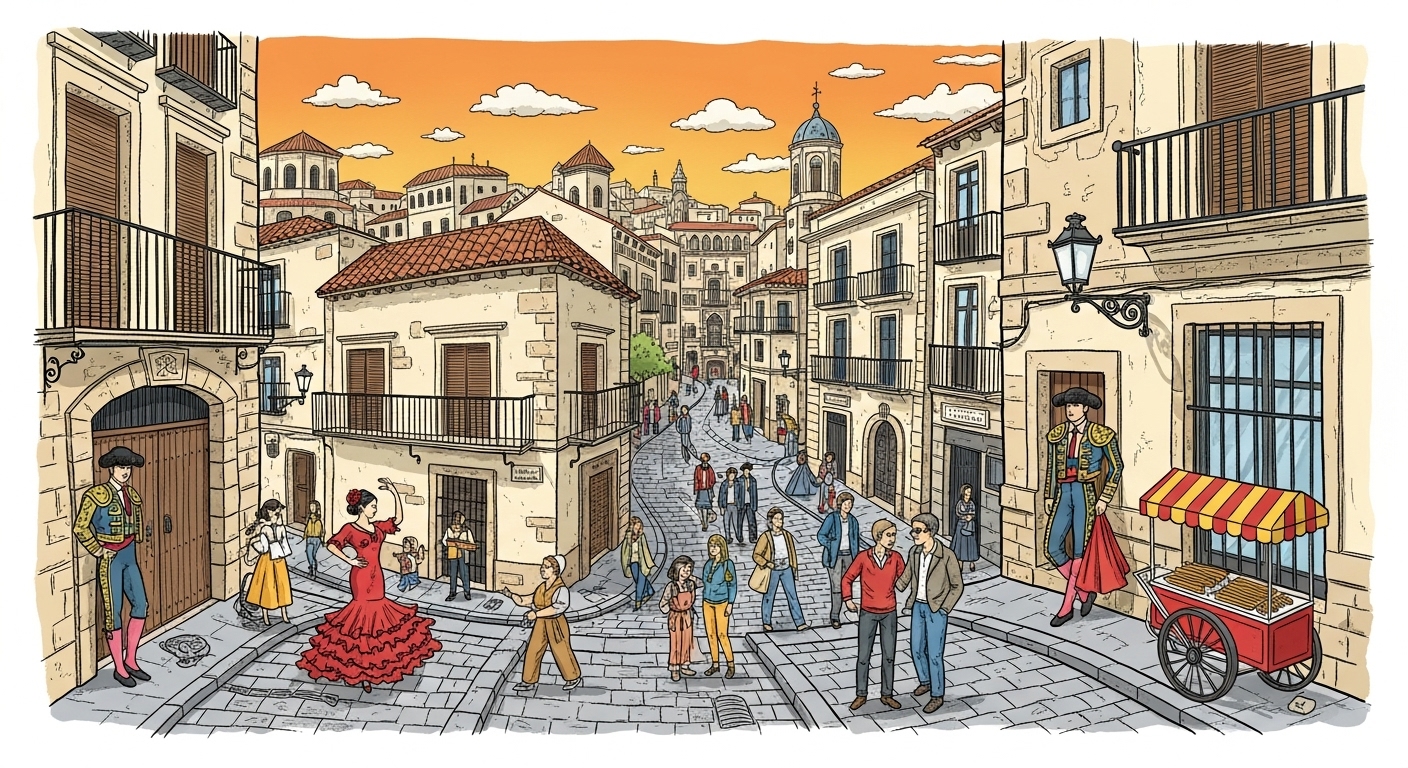
Your Spanish Sentences Are Blueprints. Here's How to Build a Living House.
Stuck at B1 Spanish? If your sentences are correct but feel lifeless, you're building blueprints. Learn how to add movement, flow, and personality to build a living house with your words.
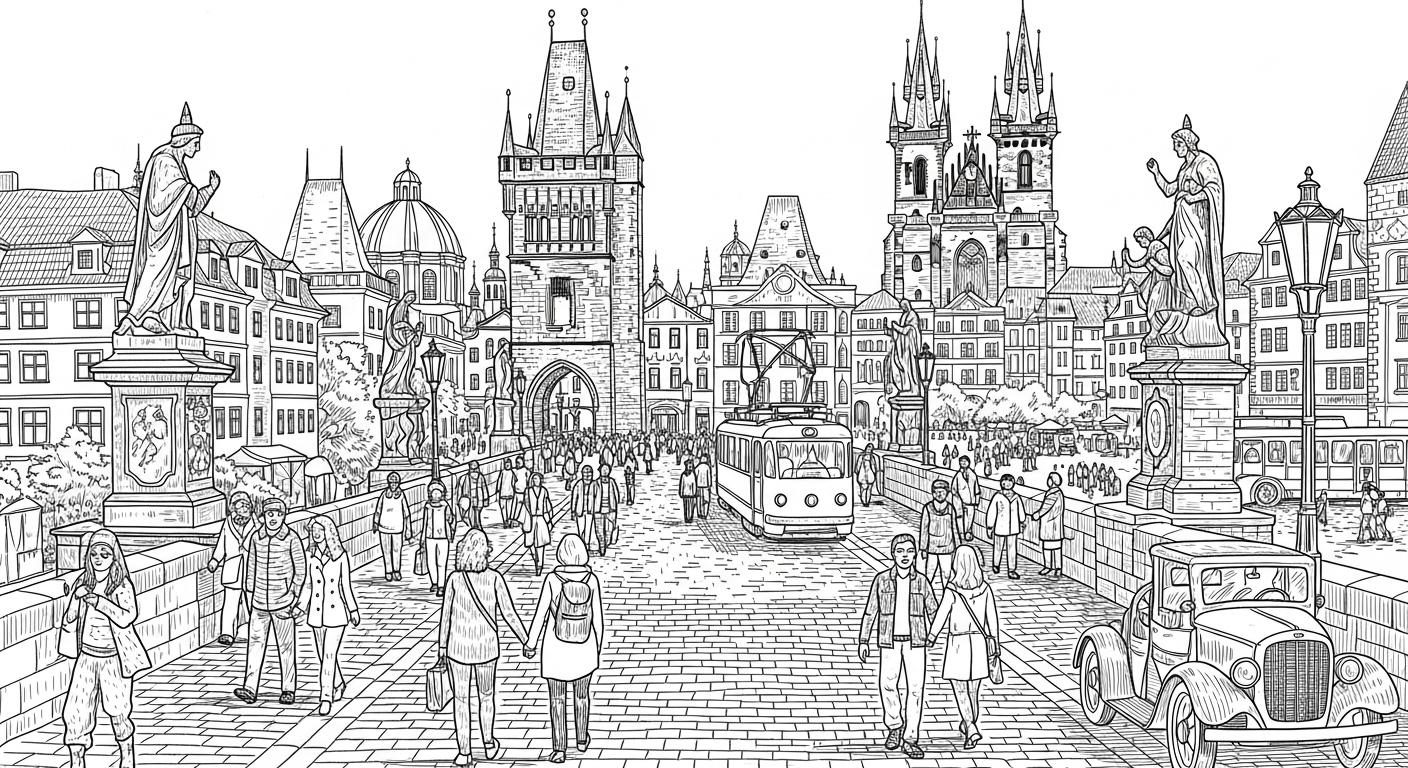
The Czech Vocabulary 'Echo Chamber': Why You Recognize Words, But Can't Write a Sentence
Feel like you 'know' hundreds of Czech words but can't form a sentence? You're not alone. Here's the 4-step cycle to break out and turn passive knowledge into active skill.

The Lithuanian Learner’s Echo Chamber: You Write a Sentence, But Who Answers?
You write your first Lithuanian sentence, but how do you know if it's right? Discover a 3-step manual method to self-correct and escape the beginner's feedback void.

The Self-Taught Learner's Blind Spot: Why Your Lithuanian Mistakes Are Becoming Permanent (And How to See Them)
Feeling stuck at the B2 level? Discover why your brain clings to 'good enough' grammar and how to break the cycle of fossilized errors before they become permanent habits.
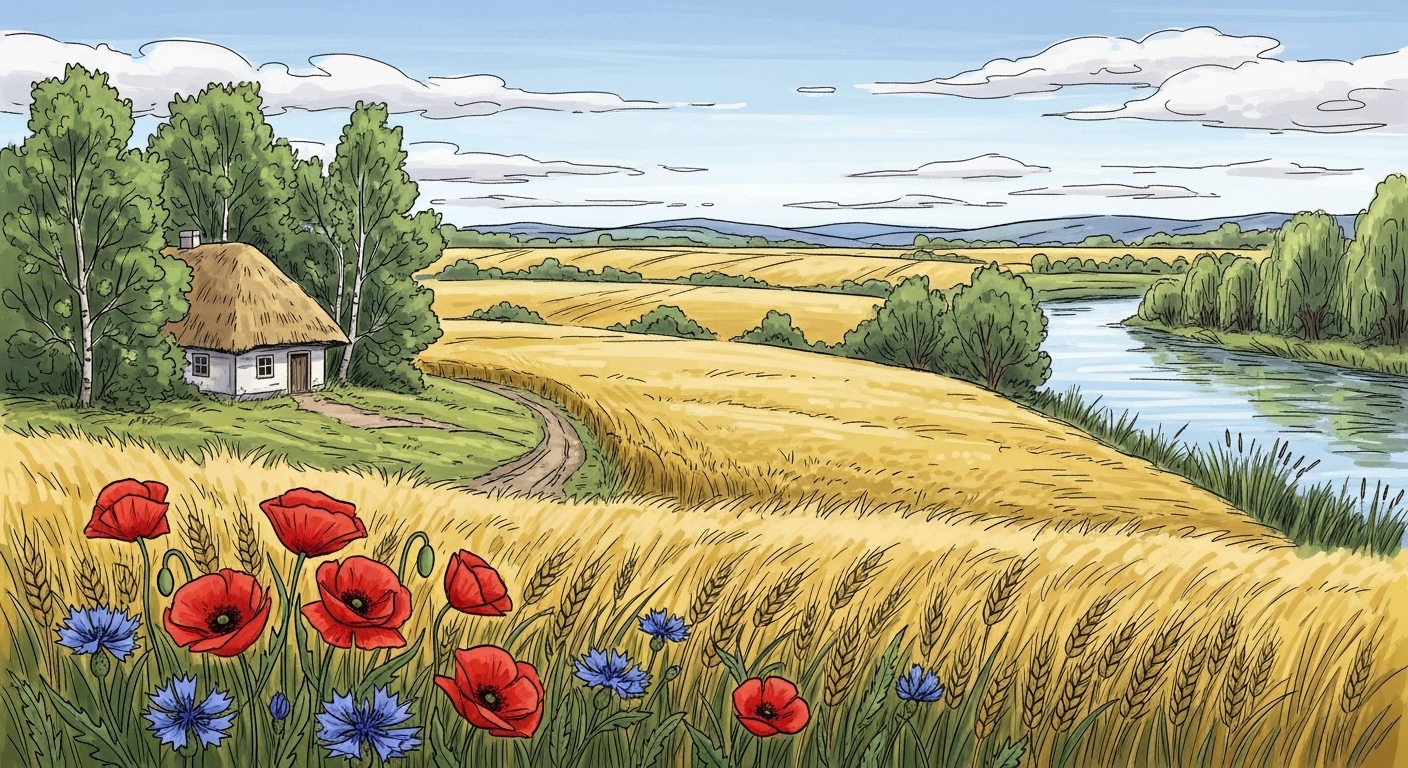
The A2 Ukrainian Adverb Blindspot: How to Make Your Sentences Come Alive
Struggling to move beyond basic Ukrainian sentences? Discover why adverbs are your A2 superpower and learn a 3-step method to add color, emotion, and life to your writing.
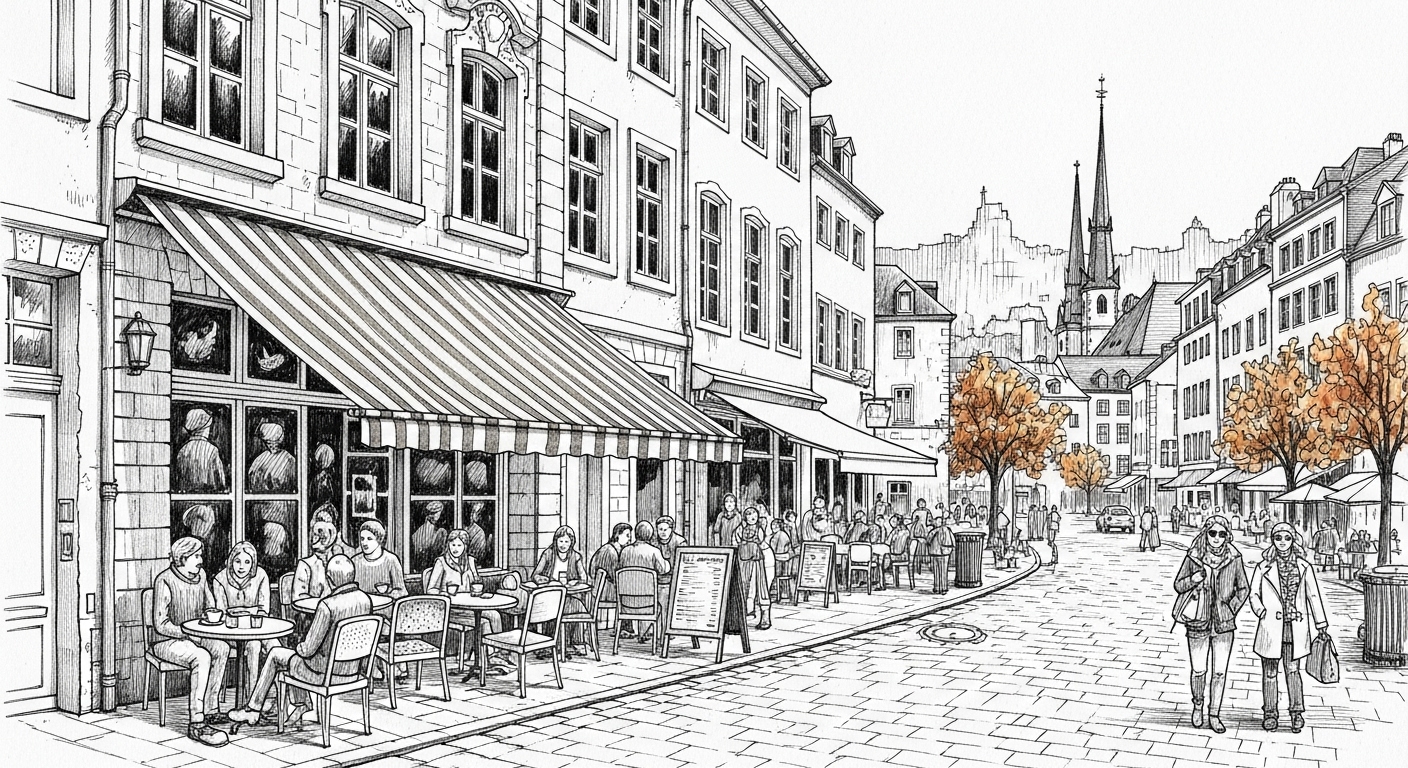
Your Luxembourgish Is Correct, But Is It Alive? A Guide to the 'Flavor Words' You're Missing
Grammar gets you understood, but 'flavor words' get you felt. Discover the Luxembourgish modal particles like 'jo', 'dach', and 'mol' that will make you sound less like a textbook and more like a local.

Your Serbian Nouns Have a Wardrobe Crisis: A Beginner's Guide to Cases
You learned 'kuća' (house), but now you see 'kuću', 'kući'... Confused? This guide explains Serbian cases with a simple 'job and costume' method, not boring charts.

Your Russian Sentences Are Simple Chains. Here's How to Weave a Complex Tapestry.
Stuck writing short, choppy Russian sentences? Discover the two grammatical tools natives use to combine ideas and create elegant, flowing prose. This is your B2-to-C1 upgrade.

The Luxembourgish 'Sentence Sandwich': A B1 Learner's Guide to Connecting Your Ideas
Tired of short, choppy sentences in Luxembourgish? Learn the 'sentence sandwich' method to connect your ideas with confidence using main and subordinate clauses. From V2 to verb-kickers, this is your guide.
The Serbian 'Snapshot' vs. 'Video' Trick: A B1 Learner's Guide to `Kada` and `Dok`
Stop guessing between `kada` and `dok`. Learn the simple 'camera' method to master Serbian timelines and make your sentences flow naturally. This is the B1 tip you've been missing.

Your German Answers 'What' and 'When'. Here's How to Answer 'Why'.
Move beyond simple facts. This guide unlocks the power of German conjunctions like 'weil' and 'dass' to help you explain, reason, and connect your ideas like a native speaker.

The 'Très' Trap: Why This One Word Is Holding Your French Back (And How to Escape)
Are you stuck on 'très bon' and 'très fatigué'? Discover how to replace this B2 crutch with rich, powerful vocabulary and make your French writing come alive.

Your Spanish Is a Hammer. Here's How to Build a Swiss Watch.
Tired of using 'bueno' for everything? This guide shows B2 learners how to choose precise, native-sounding words and move from 'correct' to 'convincing' Spanish.

Your Serbian Sentences Are a Chain. Here's How to Weave a Fabric.
Moving beyond 'i', 'ali', and 'onda' is the key to B1 fluency. Learn the essential Serbian connectors that transform choppy sentences into a smooth, compelling narrative.

Your Russian Describes a Photograph. Here's How to Direct the Movie.
Your Russian sentences are correct, but do they have a heartbeat? Learn the 'show, don't tell' techniques that turn flat descriptions into vivid scenes and engaging stories.
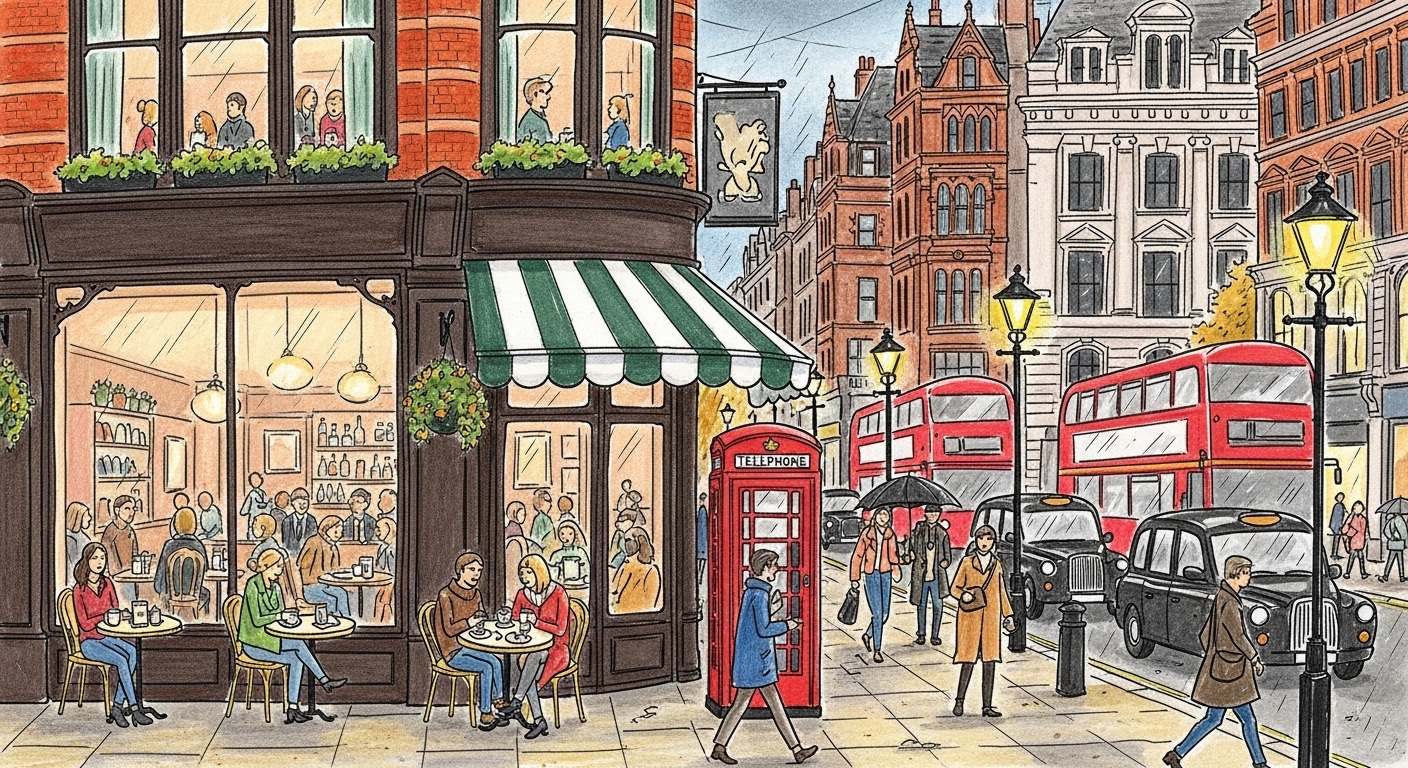
Why 'Strong Rain' Sounds Wrong: A Beginner's Guide to English Word Partnerships
Ever wonder why you can't 'do a mistake' in English? Unlock the secret to sounding natural by mastering collocations, the word partnerships native speakers use without thinking.

The Armenian Input-Output Gap: Why You Can Read But Can't Write (And the 3-Step Fix)
Stuck in the B1 phase where you can read Armenian well but freeze when you try to write? Discover the cognitive reason for this gap and a 3-step cycle to finally close it.

The Polish Blueprint: From 3-Word Sentences to Vivid Descriptions
Are your Polish sentences grammatically correct but lifeless? Learn the 3-step blueprint method to add adjectives, adverbs, and context, turning simple facts into rich stories.

Your Czech Is Correct, But Soulless? The B2 Guide to Choosing Words with Feeling
You know multiple Czech words for 'look' or 'say', but your sentences fall flat. Discover a 3-lens framework to pick words with nuance, and learn how to make your writing come alive.

Your Czech Describes Objects. Here's How to Describe Feelings.
Stuck describing your day like a shopping list? Learn the Czech verbs, adjectives, and adverbs that add emotion, and discover the cycle to practice them effectively.

The Translation Trap: Why Your Czech Sentences Sound 'Off' (And How to Start Building Them Natively)
Your Czech is grammatically correct, but natives say it sounds 'off'? Discover the mental shift from word-for-word translation to building authentic sentences from the ground up.
The A2 Luxembourgish Writing Paradox: Your Brain Knows the Words, But Your Fingers Won't Type Them
Stuck at the A2 level where you understand Luxembourgish texts but freeze when you try to write? Discover a powerful 3-step cycle to turn passive knowledge into active writing skill.
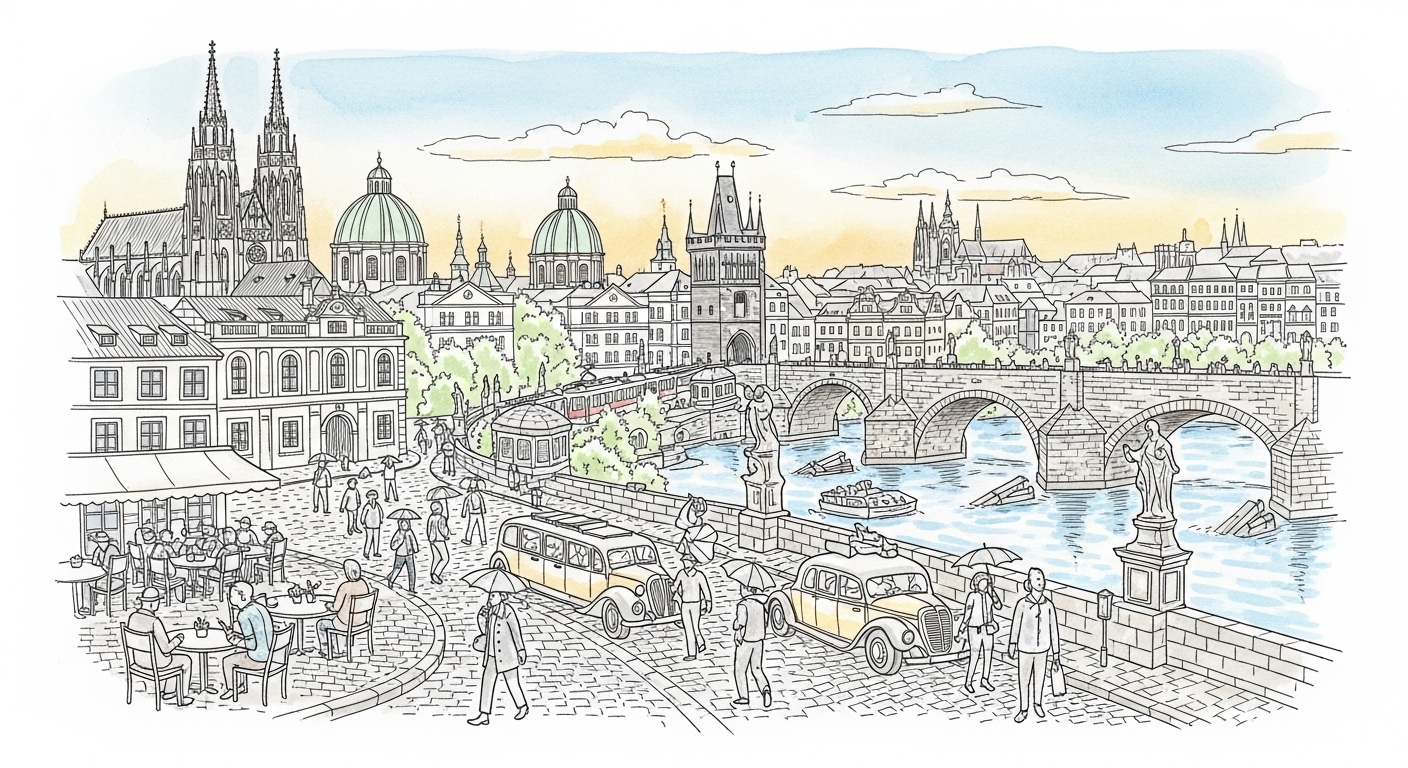
Your Czech Sentences Are Chains of Islands. Here’s How to Build the Mainland.
Move beyond 'a' and 'ale'. This B2 guide reveals the advanced Czech connectors that weave simple facts into sophisticated stories, and the method to master them.
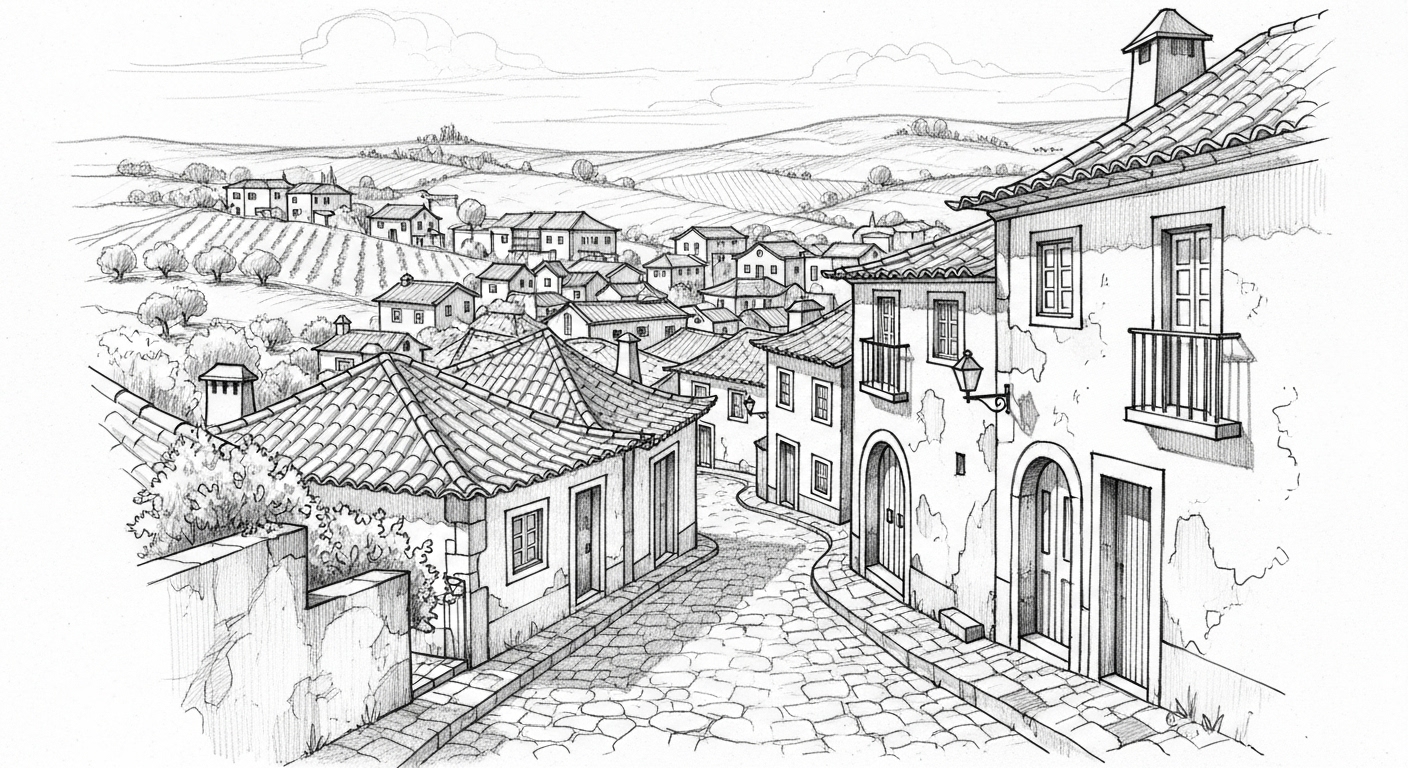
The 'Tip-of-the-Tongue' Problem in Portuguese: Why You Know the Word, But Can't Say It
You know the Portuguese word, but you can't say it. This frustrating A2-level problem has a name and a solution. Discover the cycle to move words from your passive memory to active fluency.
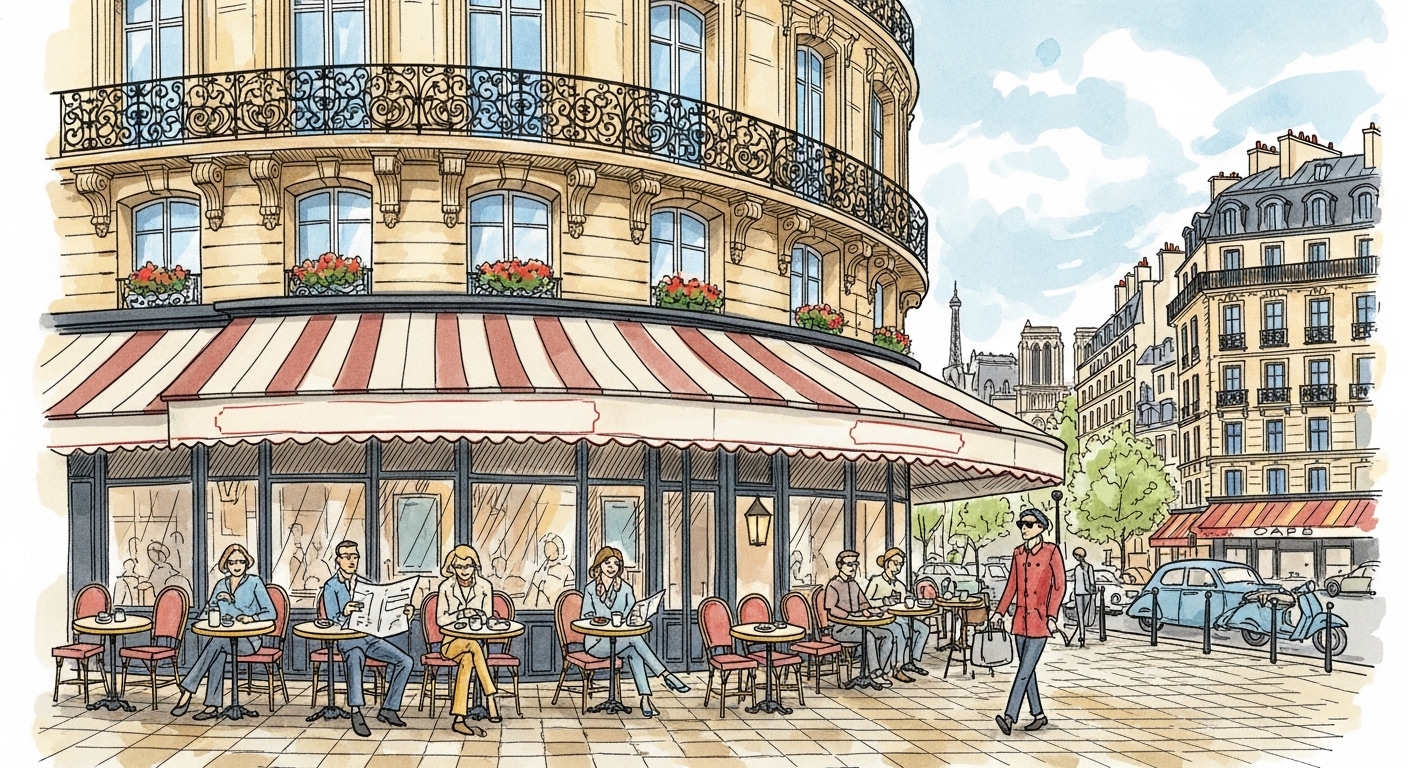
From Sketch to Scenery: The A2 French Guide to Painting with Words
Your French sentences state facts, but do they create a world? Learn the A2-friendly techniques for adding color, detail, and life to your writing, turning simple sketches into vivid scenes.

Your Swedish Sentences Are Islands. Here's How to Build the Bridges.
If your Swedish is a series of short, correct statements, you're ready for the next step. Learn how subordinate clauses (bisatser) and the BIFF rule connect your ideas into a fluent narrative.
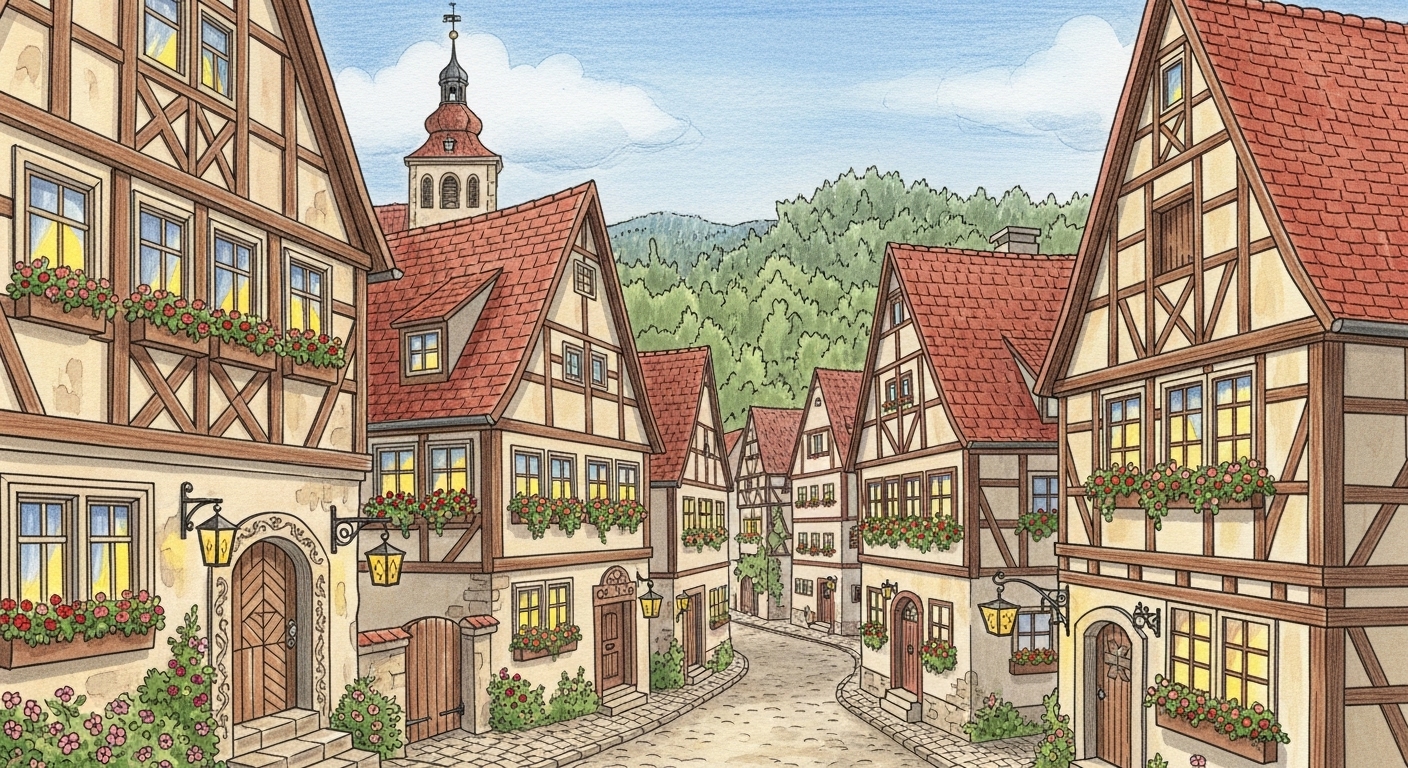
Your German Is a To-Do List. Here's How to Write an Academic Paper.
If your German writing relies on simple verbs, you're missing the key to sounding sophisticated. Discover Nominalisierung, the technique that transforms your prose from basic to brilliant.

Your Lithuanian Sentences Report the Facts. Here’s How to Paint the Scene.
If your Lithuanian writing sounds like a police report ('A man entered the room'), this guide is for you. Learn the 3-layer method to add color, emotion, and life to your sentences.

The 'E' & 'Mas' Trap: 8 Portuguese Connectors to Make Your Writing Flow
Tired of your Portuguese sounding like a list of simple facts? Break free from 'e' and 'mas' with these 8 powerful connectors and discover a method to master them.

Your Russian Sentences Are Short and Choppy. Here's How to Connect Them Like a Native.
Stop relying on 'и' and 'который'. Discover Russian participles and gerunds—the secret tools for writing fluid, sophisticated sentences that flow naturally. This guide breaks it down.

The Two ‘Clocks’ Ticking Inside Every Lithuanian Verb: Your Guide to Aspect
Struggling with when to use `rašyti` vs. `parašyti`? Discover the simple 'process vs. result' mindset that unlocks fluent Lithuanian storytelling and finally makes verbal aspect click.

Your Portuguese Is a Police Report. Here’s How to Write a Movie Scene.
B2 learners often write correct-but-dull Portuguese. Discover the 'Show, Don't Tell' method to transform your writing from a list of facts into a vivid, engaging story.
The Latvian Sentence You Can't Write (But Already Know): A 3-Step Production Cycle
You recognize Latvian words, but can't form your own sentences. This is the 'Production Gap'. Learn a practical 3-step cycle to finally start writing and speaking with confidence.
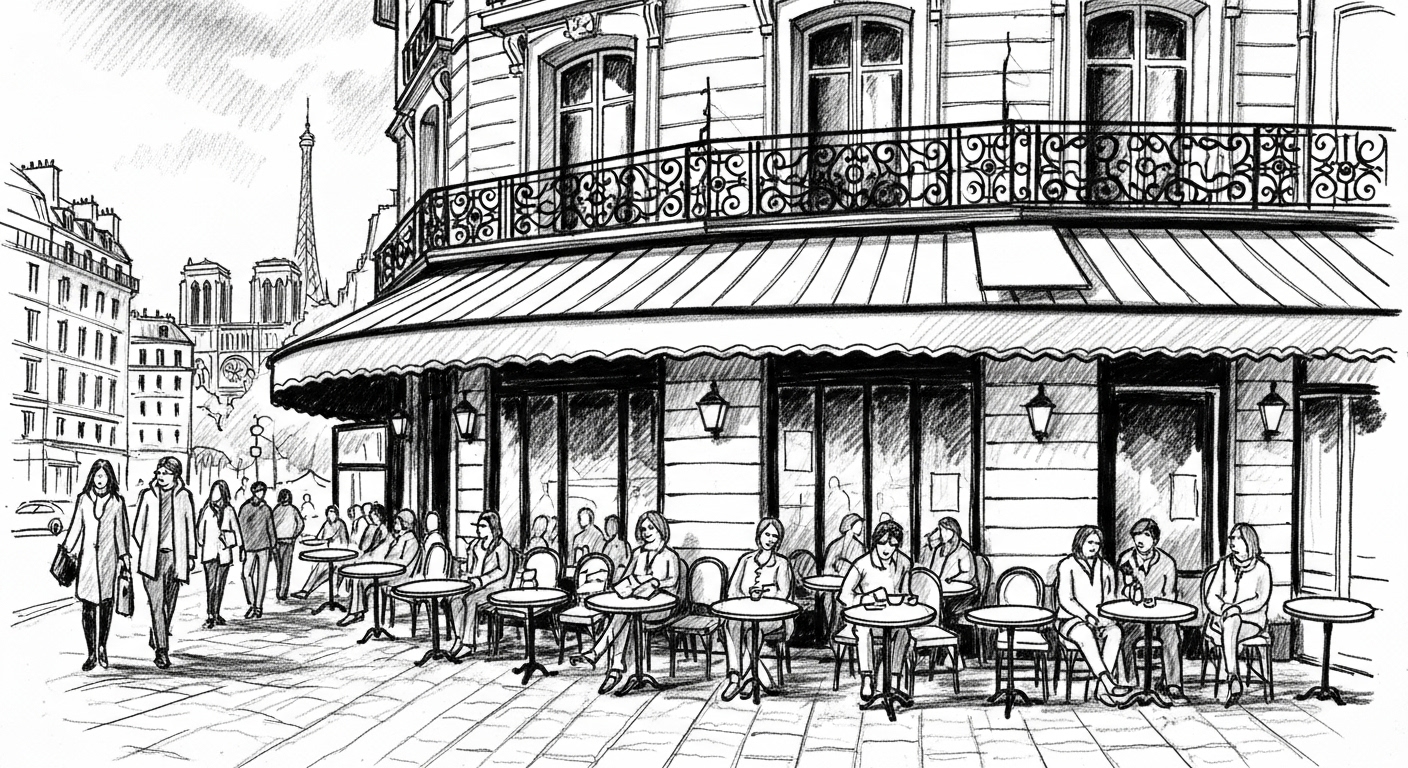
The Great French Illusion: Why You Can’t Spell the Words You Hear (And How to Fix It)
Confused by silent letters and bizarre spellings in French? You're not alone. Discover the historical reasons and a practical cycle to finally connect what you hear to what you write.

Your Armenian Is a Series of Facts. Here's How to Give It a Heartbeat.
If your correct Armenian sentences still sound flat and robotic, you're missing the final 10%. Discover how to use word order and verb forms to add emotion, emphasis, and flow to your writing.

Your Latvian Vocabulary is a Museum of 'Almost' Known Words. Here's How to Use Them.
You recognize hundreds of Latvian words when you read, but can't recall them when you write. Discover the 3-step cycle to turn your passive vocabulary museum into an active workshop.

Your Italian Is a Silent Film. Here’s How to Turn on the Sound and Color.
Move beyond simple descriptions. Learn the 'Five Senses Method' to make your Italian writing vivid, evocative, and truly unforgettable. From B1 to storyteller.

Your Armenian Mind is a Dictionary. Here's How to Become a Movie Director.
Struggling to turn your Armenian vocabulary into actual sentences? Learn the 'Scene-First' method to stop building with grammar rules and start directing stories.

Your Lithuanian Lists Facts. Here's How to Make Your Reader See, Hear, and Feel.
Tired of writing flat, robotic Lithuanian sentences? Learn the 'Show, Don't Tell' technique to transform your descriptions from simple facts into vivid, multi-sensory experiences.
You Can Read Estonian, But Can't Write It? Here’s the 3-Step Cycle to Fix That.
Feel stuck because your Estonian writing skills lag behind your reading? Discover a powerful, practical 3-step cycle that turns passive knowledge into active production.

Your Luxembourgish Vocabulary Is Stuck on 'Gutt'. Here's the B2 Upgrade.
Feeling repetitive? Learn to replace common words like 'gutt' and 'maachen' with vivid, precise alternatives. This B2 guide is your key to more expressive Luxembourgish.

Your Italian Sentences Have an 'Echo'. Here's the One-Word Fix to Sound More Natural.
You're saying 'Io mangio la pizza' and it's 100% correct. But a native speaker wouldn't. Discover the simple art of dropping subject pronouns to transform your Italian from correct to authentic.

Your Lithuanian States Facts. Here's How to Build an Argument.
Move beyond simple descriptions. Learn the B2 framework for structuring persuasive arguments in Lithuanian, using the right connectors to make your writing powerful and convincing.

Your Swedish Sentences Are Ghosts. Here's How to Give Them a Body.
Stuck writing lifeless Swedish sentences like 'A man has a dog'? Learn the core secrets to using adjectives to add color, detail, and personality to your writing.
Your Luxembourgish Sentences Are Skeletons. Here's How to Add Flesh and Blood.
Stuck at a B2 level where your sentences are correct but feel... empty? Learn the techniques to add sensory details, emotion, and life to your Luxembourgish writing.

Your Latvian Describes Actions. Here's How to Describe the Feeling.
Stuck saying 'He walked'? Learn how to make him walk slowly, quickly, or suddenly. This guide to Latvian adverbs will add life and emotion to your sentences.

Your Estonian Is a News Report. Here’s How to Write an Opinion Column.
Your Estonian sentences are grammatically correct, but lack personality. Discover the key linguistic tools to move from reporting facts to expressing nuanced opinions and feelings.

Your German Is a Series of Facts. Here's How to Build a World.
Stuck writing simple German sentences? Learn how to use adverbs, descriptive adjectives, and complex clauses to transform your writing from a flat report into a vibrant world.

Your Italian Sentences Are Islands. Here's How to Build the Bridges.
Tired of short, choppy sentences in Italian? Learn the 'Sentence Fusion' method to connect your ideas and start writing with the flow and complexity of a native speaker.

Your Portuguese Sentences Are Bricks. Here’s the Mortar to Build a Wall.
If your Portuguese sounds like a list of simple facts, you're missing the 'mortar'. Learn the connector words that transform choppy sentences into fluent, natural-sounding prose.

The Estonian Reading-Writing Chasm: Why You Understand More Than You Can Produce (And How to Bridge It)
Feel like your Estonian understanding is miles ahead of your writing skills? You're not alone. Discover a powerful 3-step method to close the gap and turn passive knowledge into active fluency.

Your Luxembourgish Is Stuck on 'Sinn' and 'Hunn'. Here’s Your Verb Upgrade.
Tired of writing 'Et ass...' and 'Ech hunn...'? Discover how to replace these basic verbs with powerful alternatives that make your Luxembourgish writing more alive and natural.

Your Italian Recounts Events. Here’s How to Paint a Scene.
Stop telling stories that sound like a police report. Learn the director's secret to using Italian past tenses (passato prossimo vs. imperfetto) to create vivid, engaging scenes.
The 'I... A Potem...' Trap: 5 Ways to Make Your Polish Sentences Flow
Tired of short, choppy Polish sentences? Learn how to connect your ideas beyond 'i' and 'potem' with powerful connector words and unlock a more fluid, natural writing style.

The Ghost in the Machine: Why Your 'Correct' Ukrainian Sentences Still Sound Wrong
You've mastered the cases and verbs, but your Ukrainian still feels... off. Discover the invisible errors holding you back and the feedback loop that finally makes you sound like a native.
Your Lithuanian Has a GPS Problem: The Guide to Location (`Kur?`) vs. Direction (`Į kur?`)
Stuck between 'į parką' and 'parke'? This guide demystifies Lithuanian location and direction, transforming your static sentences into dynamic stories.

Your Italian Verbs Are Stuck on 'Dire' and 'Guardare'. Here's Your B2 Upgrade Kit.
Tired of your Italian sounding like a simple report? Discover the powerful, descriptive verbs that natives use to paint a picture, and learn a method to make them your own.

Your Italian Describes the Action. Here’s How to Set the Scene.
Stuck between passato prossimo and imperfetto? Learn the crucial difference between telling a story and creating an atmosphere. It’s the B1 skill that changes everything.

Your Russian Characters Don't Move, They Teleport. Here's the Director's Guide to Verbs of Motion.
Your Russian sentences state locations, but don't show the journey. Learn the verb prefixes that turn static scenes into a fluid narrative and stop characters from teleporting.
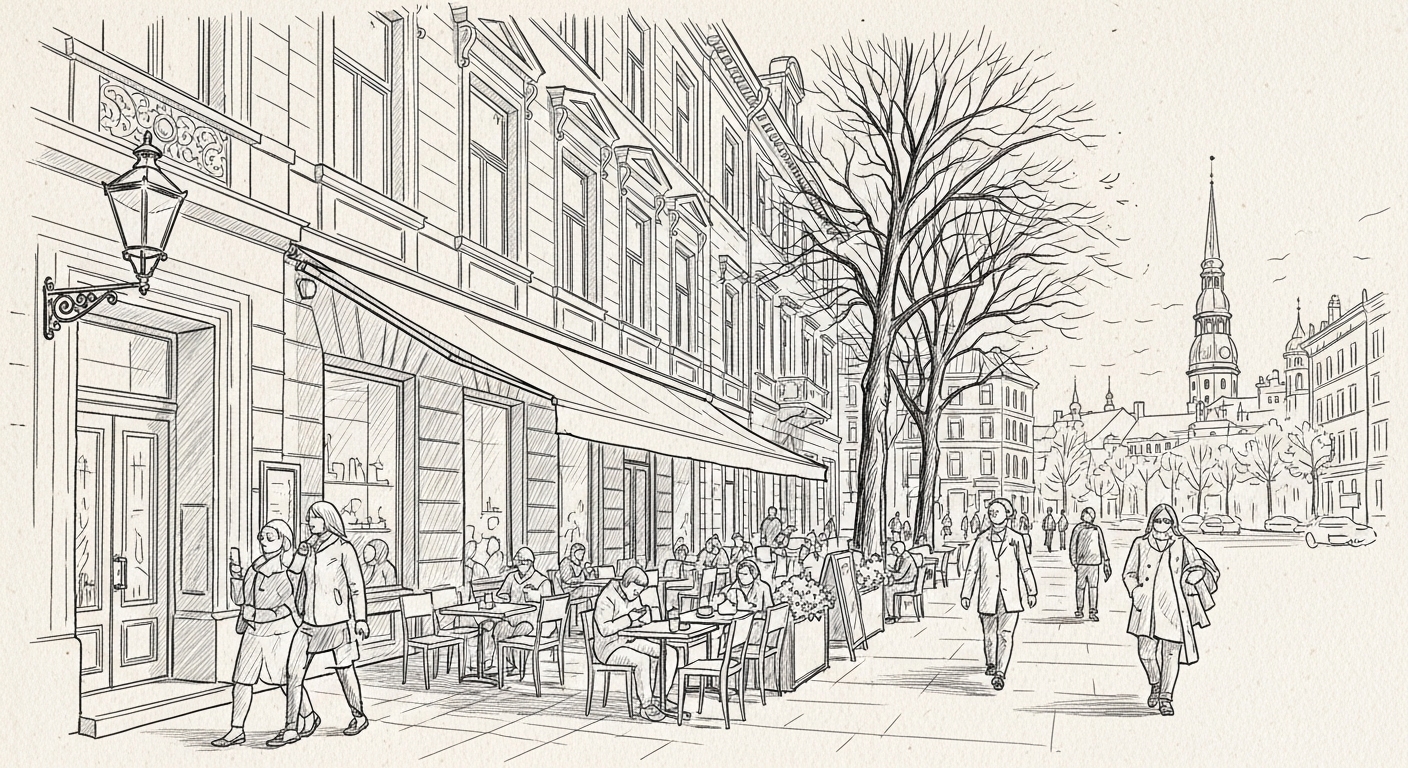
The Boss Verb: Why Your Latvian Nouns Don't Know How to Behave (And How to Give Them Orders)
Stop guessing which case to use in Latvian. Learn the secret 'commands' that verbs give to nouns and transform your clunky sentences into confident, natural-sounding ones.

The 4 French ‘Bridge’ Words Your B1 Sentences Are Missing (`Qui`, `Que`, `Où`, `Dont`)
Stuck writing simple, choppy sentences in French? Master the four 'bridge' words (`qui`, `que`, `où`, `dont`) that connect your ideas and make you sound fluent.
Your Russian Is Stuck on 'Писать'. Here's How Prefixes Turn One Verb Into a Universe.
You know 'писать' (to write), but how do you 'rewrite', 'describe', or 'sign'? Unlock a universe of meaning with this practical guide to Russian verb prefixes.

Your Polish Sentences State Facts. Here’s How to Paint a Scene.
Tired of Polish sentences like 'A man runs'? Learn a simple, layered method to add adjectives, adverbs, and context to transform your writing from a list of facts into a vivid story.

Your Lithuanian is a Correct but Loveless Machine. Here’s How to Give It a Soul.
Your grammar is perfect, but your sentences are flat. Discover the three keys to moving beyond robotic Lithuanian and writing with genuine, native-like emotion and flow.

Your Serbian Sentences Have a 'You' Problem: Mastering the Power of `se`
Discover the 4 secret jobs of the Serbian word `se`. Move beyond basic sentences and learn how to use this versatile particle to sound more natural, sophisticated, and fluent.
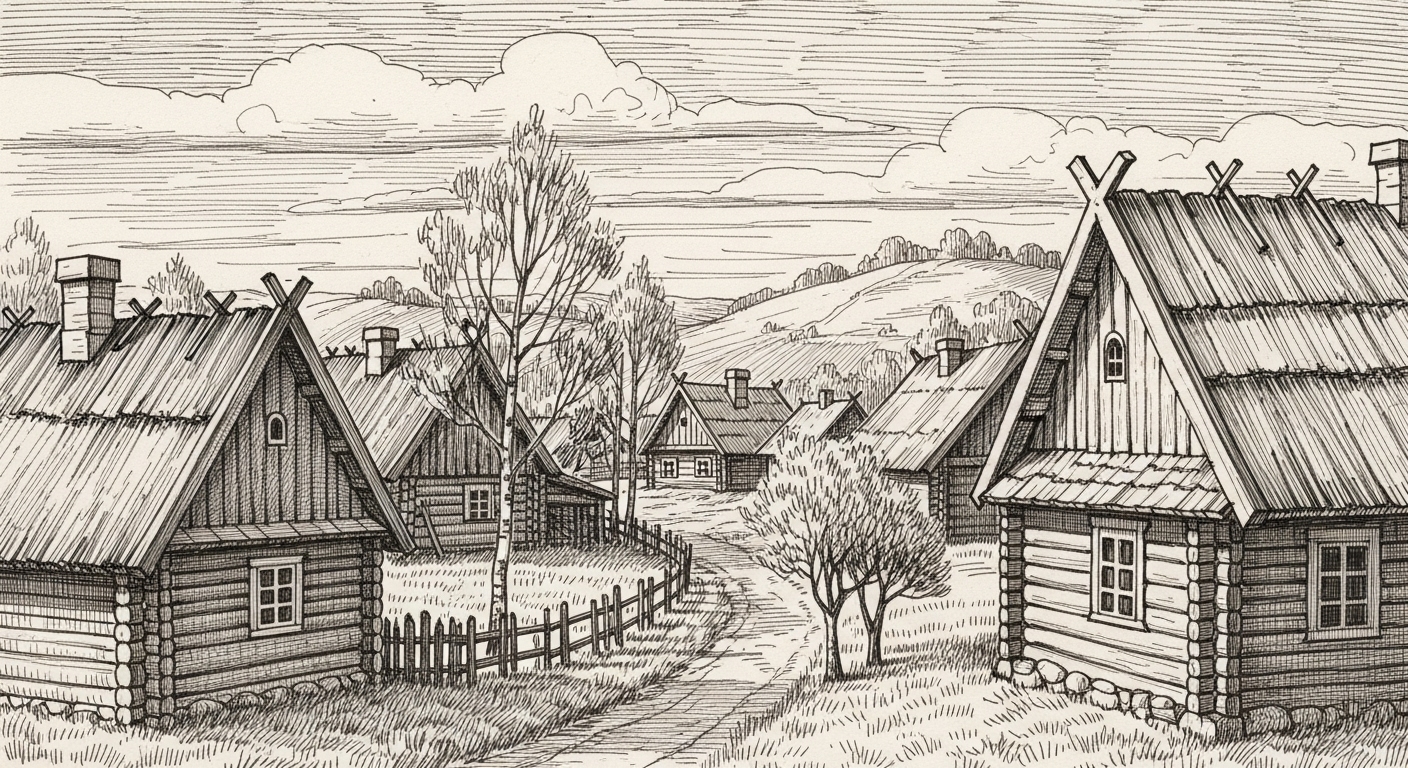
Your Lithuanian Sentences Are LEGO Bricks. Here's the Blueprint for a Spaceship.
Tired of writing short, choppy Lithuanian sentences? Discover how participles can transform your writing from simple statements to elegant narratives. It's time to build.

Your German Is Stuck on 'Gehen' and 'Sagen'. Here's Your B1 Verb Upgrade.
Tired of your German sounding like a textbook? Learn how to replace basic verbs with vivid alternatives and transform your writing from flat to fluent. This is your A2 to B1 upgrade.
Your French Adjectives Are in the Wrong Place. Here’s the Mental Map.
Stop guessing where to put French adjectives. Learn the simple 'BANGS' rule that unlocks natural-sounding sentences, and discover the method to make it automatic.

The Estonian 'Not' Trap: The One Simple Rule Your Sentences Are Missing
Ever write an Estonian sentence that feels 99% right, but is still wrong? You've likely fallen into the 'not' trap. Master the partitive negative rule and fix it for good.

The 'Ir Paskui' Trap: Upgrading Your Lithuanian Connectors Beyond 'And Then'
Your Lithuanian sentences are correct but disconnected. Learn to replace 'ir paskui' (and then) with sophisticated connectors for cause, contrast, and conclusion to make your writing flow.
Your Serbian Describes a Photograph. Here's How to Direct the Movie.
Stuck describing scenes in Serbian? Learn the crucial difference between perfective and imperfective verbs to turn static descriptions into dynamic stories.
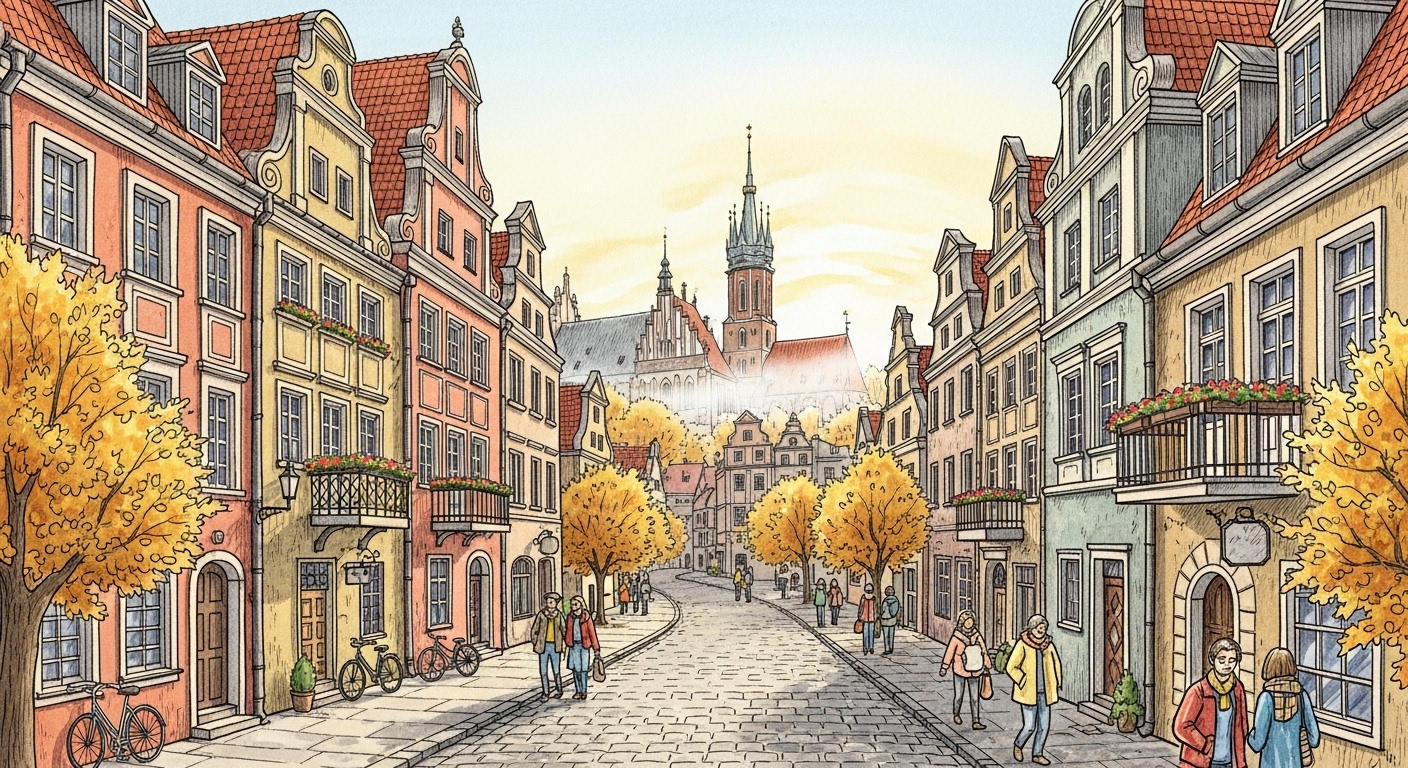
Your Polish Verb Vocabulary is Stuck on 'Go'. Here's How to Rush, Wander, and Stroll.
Tired of using the same basic Polish verbs? Learn how to upgrade your vocabulary from functional to fluent with precise verbs for motion, speaking, and looking.

Your Polish Sentences Have a 'Default Setting'. Here's How to Unlock the Advanced Controls.
Stuck in Subject-Verb-Object? Learn how Polish word order works like a spotlight to add emphasis and emotion, and transform your flat sentences into expressive stories.
Your Armenian Vocabulary is a Box of Photos. Here's How to Create the Album.
You know hundreds of Armenian words, but can't connect them. Discover why decontextualized learning fails and how to weave your vocabulary into a compelling story.

Your Russian Sentences Are Bricks. Here's the Architectural Blueprint for a Cathedral.
Tired of writing short, choppy Russian sentences? Discover the two grammatical tools natives use to build complex, flowing ideas. It's time to go from bricklayer to architect.

Your Ukrainian is 95% Correct. Here's How to Find the Critical 5% That Matters.
You've mastered Ukrainian grammar, but your writing still feels... off. Discover the subtle word-choice errors holding you back and a method to achieve true native-level precision.
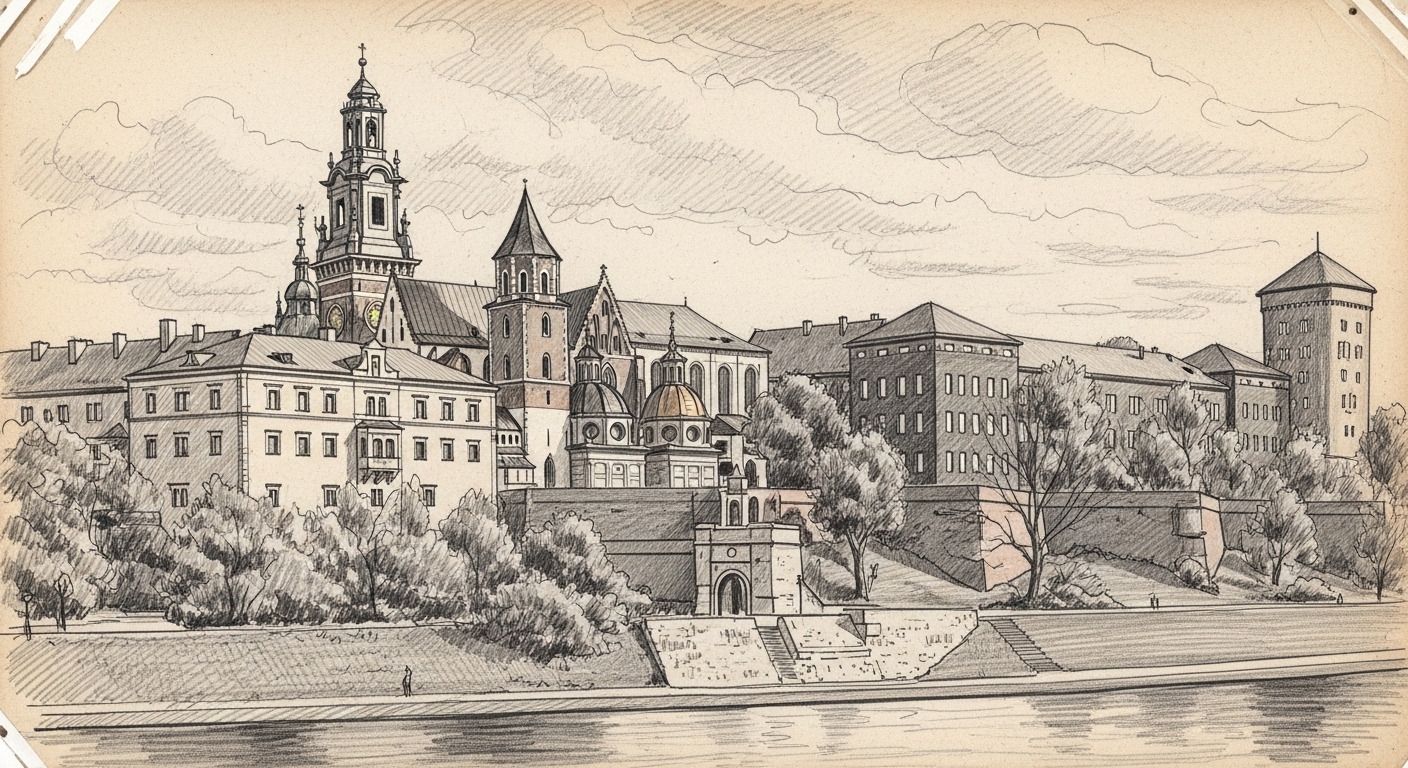
The 'To Whom?' Question: Your Guide to Mastering the Polish Dative Case (Celownik)
Go beyond subjects and objects. Learn how the Polish Dative case (Celownik) adds the crucial 'recipient' to your sentences, making your communication clearer and more natural.
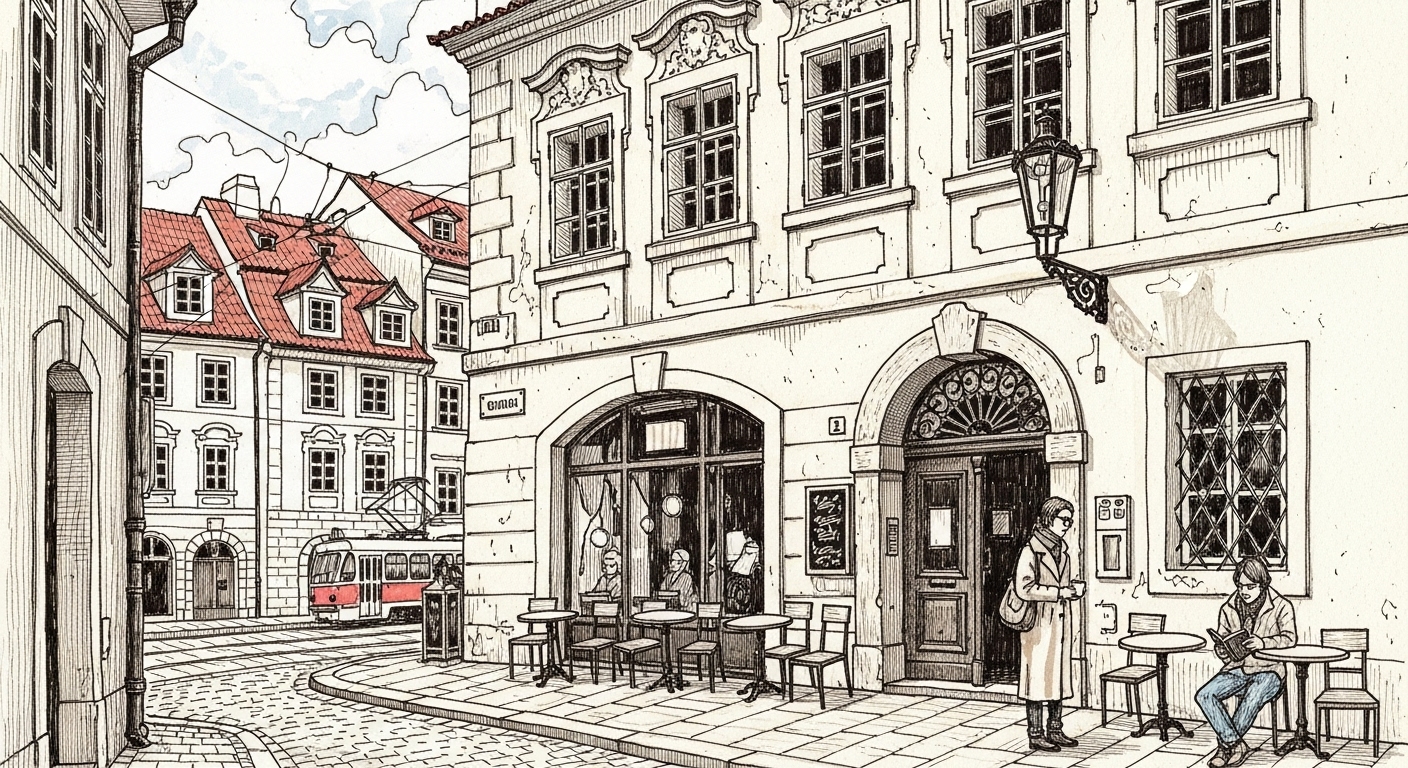
From 'A Man Walks' to a Full Scene: The B1 Czech Guide to Descriptive Writing
Tired of Czech sentences that just state facts? Learn the simple framework for adding adjectives and adverbs to turn your writing from a simple report into a vivid story.
From Reporter to Director: Mastering German's Passive Voice to Tell a Better Story
Your German sentences are correct, but do they lack impact? Discover how the passive voice (Passiv) can transform your writing from a simple report into a compelling narrative.

The Armenian 'Toolbox' Case: Your B2 Guide to Saying 'How' Without Saying a Word
Stuck translating 'with' or 'by' into Armenian? Discover the Instrumental case (-ով), the secret suffix that makes your sentences sound instantly more sophisticated and natural.
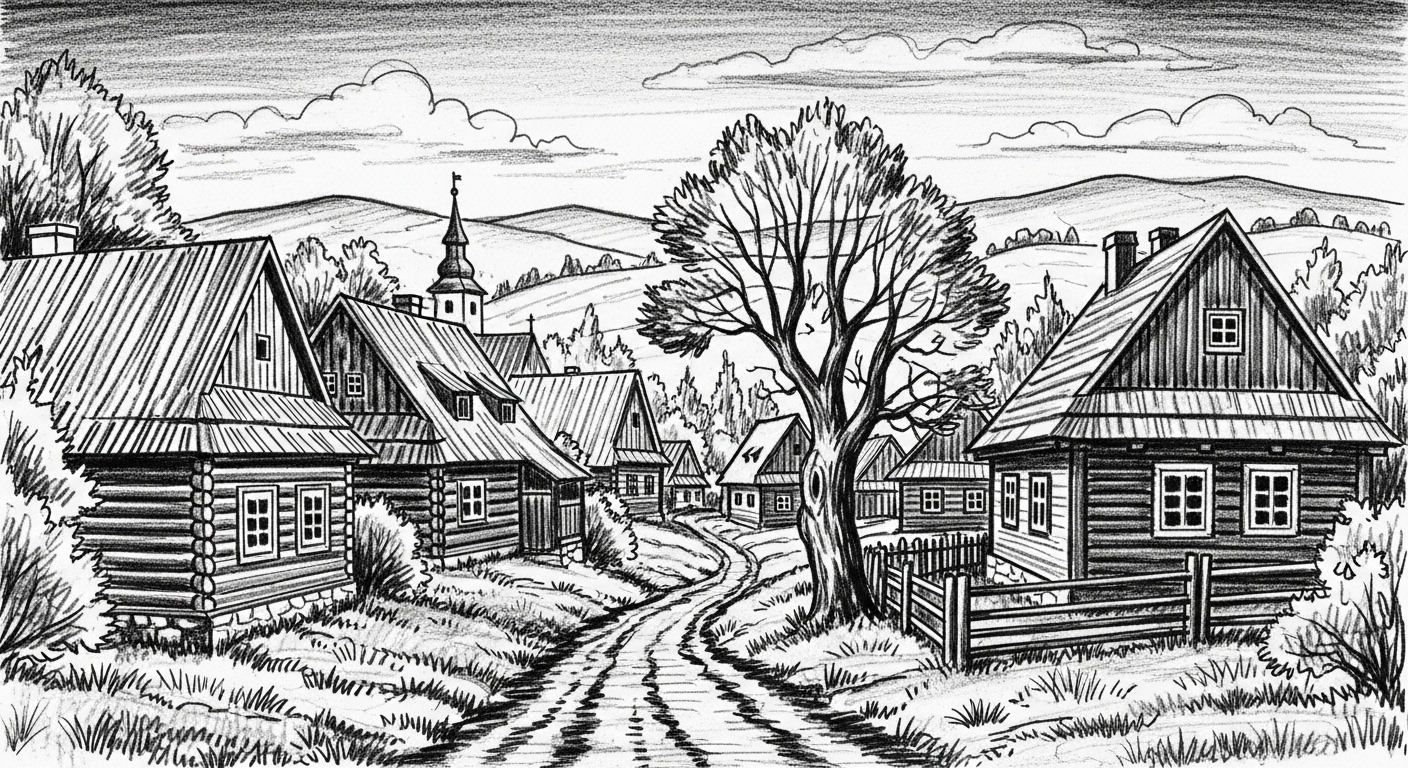
Your Polish is Grammatically Correct, But Sounds... Wrong. Here's Why.
Discover the invisible 'Polglish' mistakes that make your writing sound unnatural, and learn a proven method to start thinking and writing like a native.
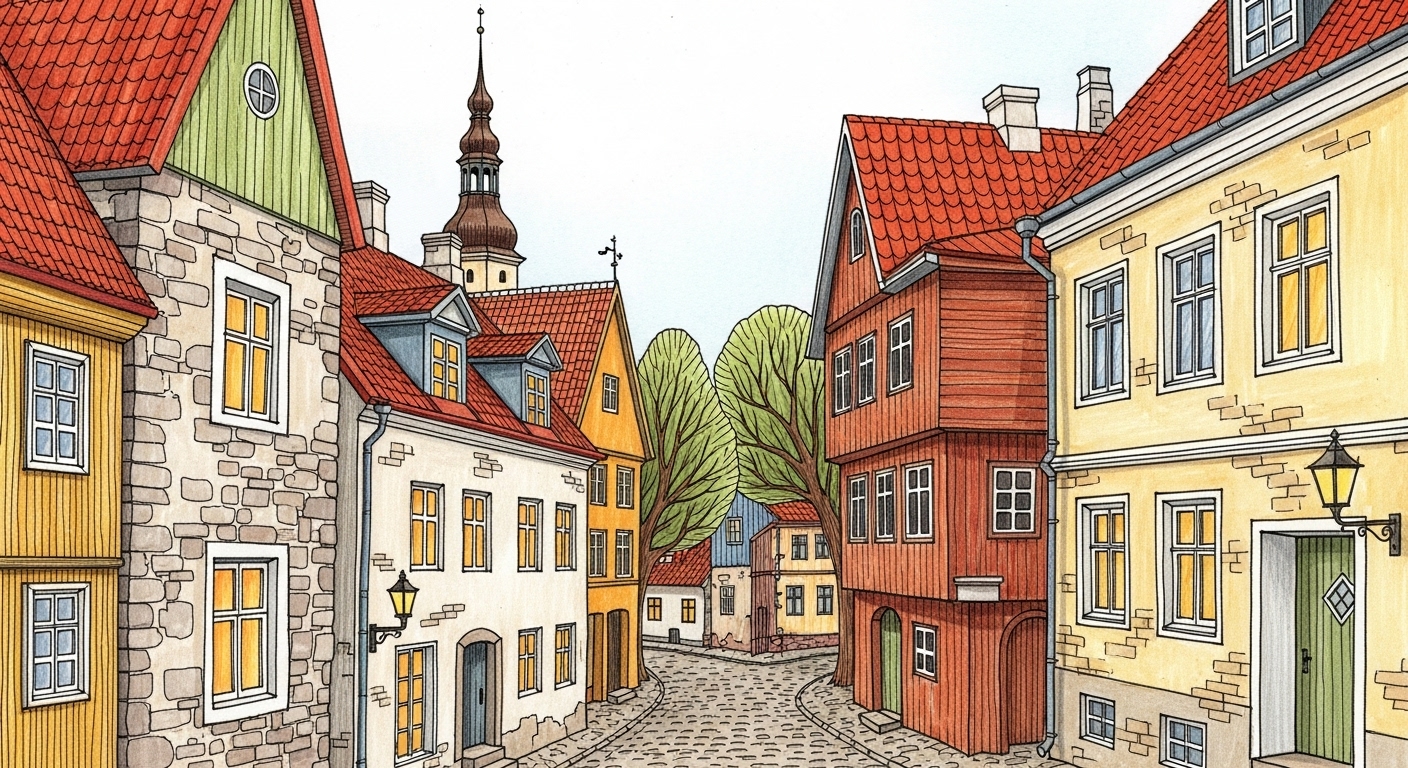
Your Estonian Writing is a Photograph. Here's How to Direct the Movie.
Your grammar is correct, but your sentences feel flat. Learn the B2 techniques to turn static descriptions into compelling narratives and add life, movement, and emotion to your Estonian writing.
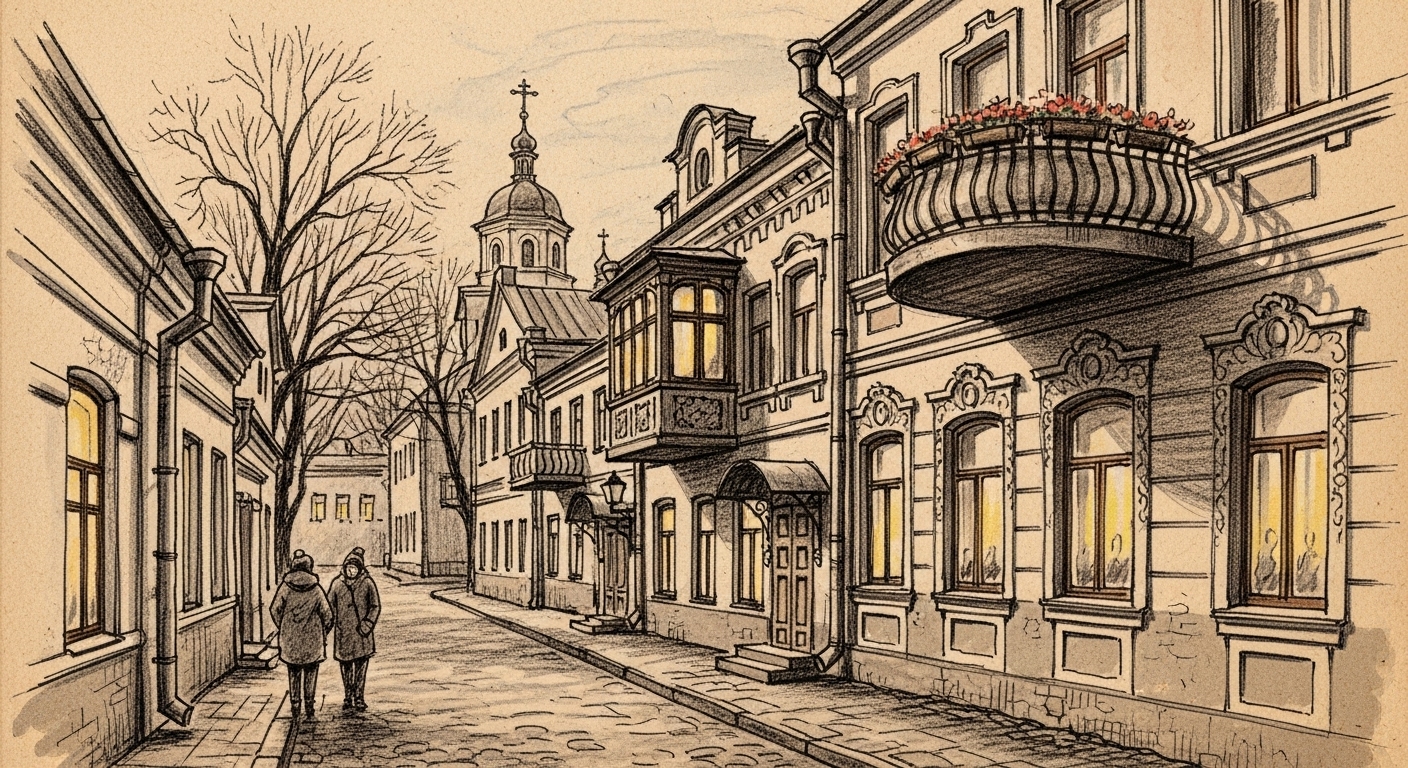
The Grammar Ghosts Haunting Your Ukrainian Writing (And How to Banish Them)
Know the grammar rules but still make mistakes? Discover why your Ukrainian writing feels haunted by errors and learn a practical method to turn passive knowledge into active skill.
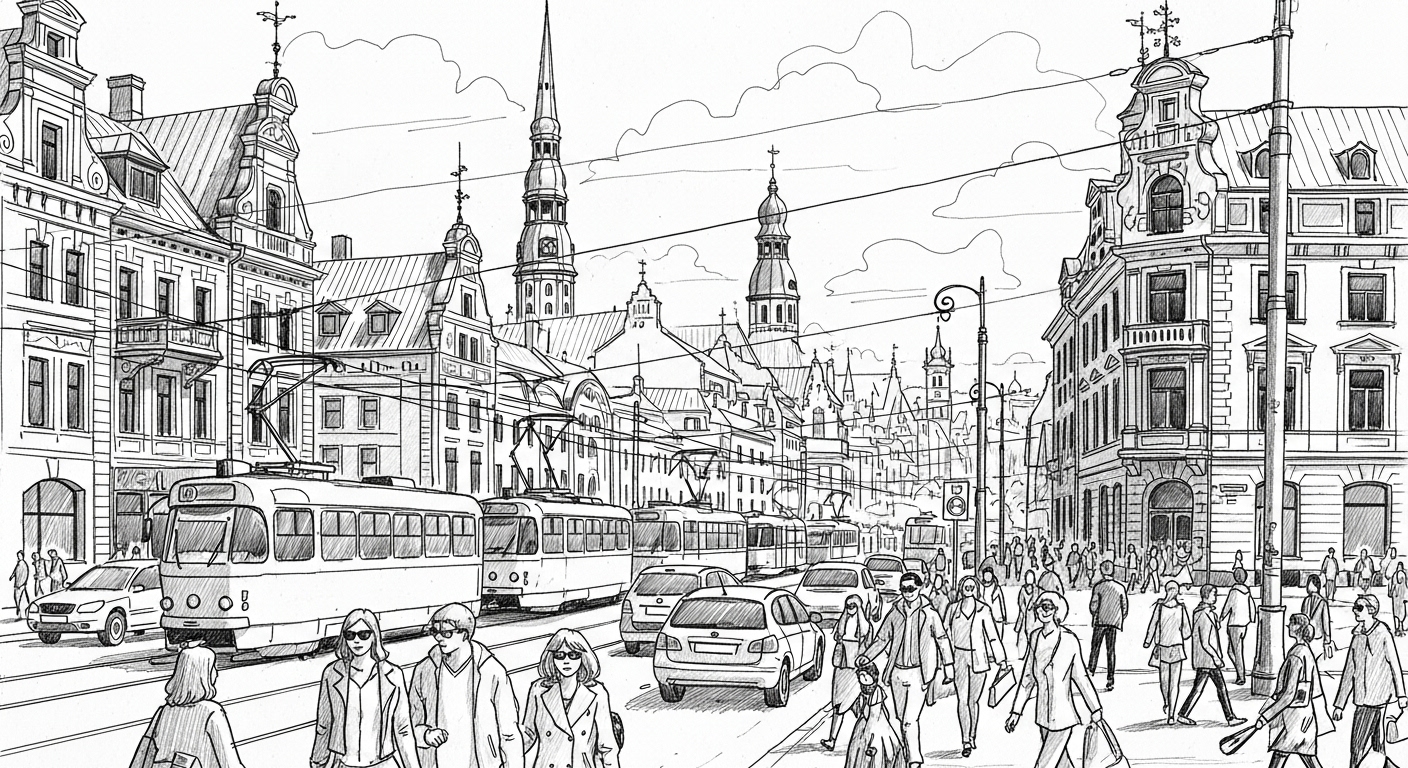
Your Latvian Sentences Are a Grocery List. Here's How to Cook the Meal.
Moving beyond 'I went, I saw, I bought'? Learn three practical techniques to add flavor, detail, and emotion to your Latvian writing, transforming flat statements into engaging stories.

Your Russian Writing Has a 'Foreign Accent'. Here’s How to Sound Native.
You follow all the grammar rules, but your Russian sentences still sound... off. Discover the subtle mistakes that create a 'written accent' and learn how to write with authentic, native flow.

The Translation Trap: How to Stop Thinking in English and Start Writing in Authentic Armenian
Are your 'correct' Armenian sentences still sounding unnatural? You might be stuck in the 'Translation Brain' trap. Discover how to think and write like a native.
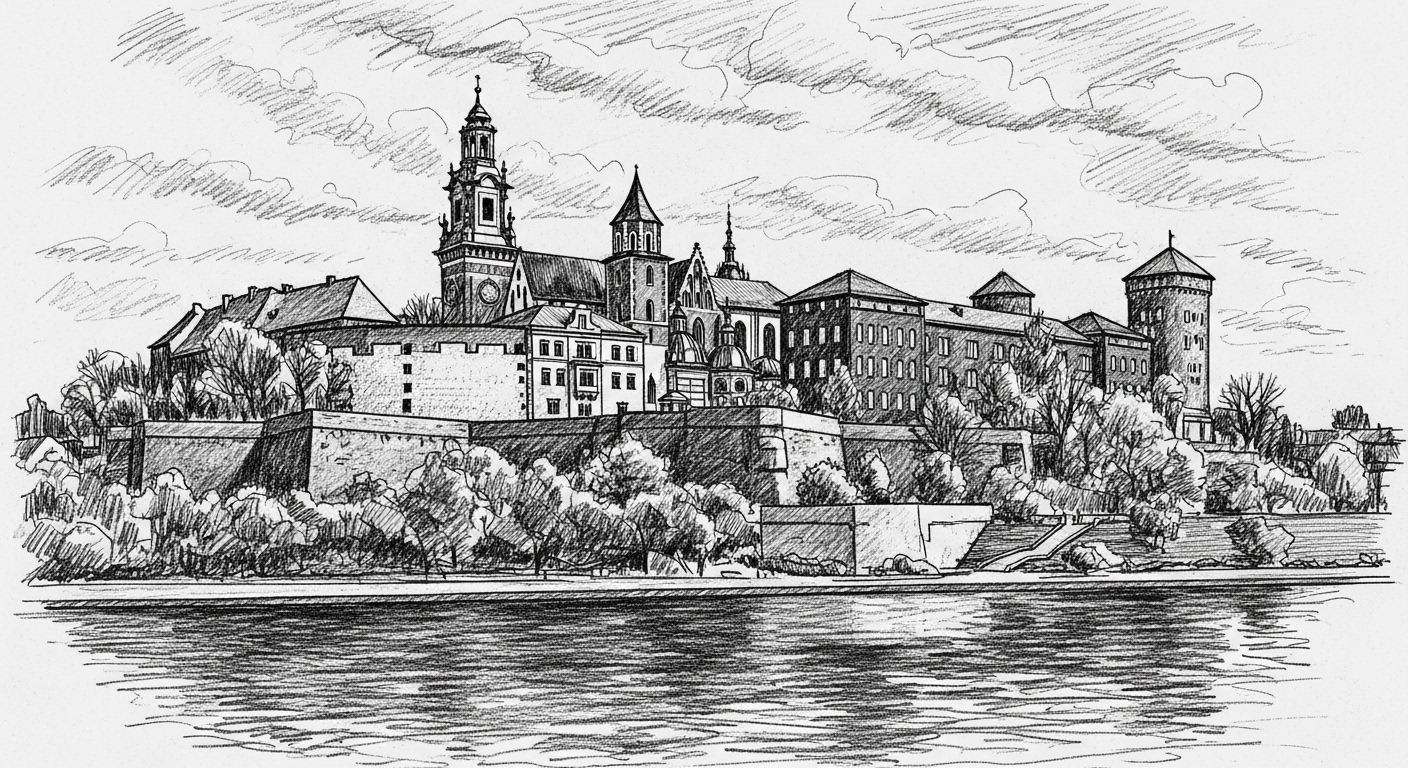
Your Polish Sentences Are Chains. Here's How to Weave a Fabric.
Move beyond 'i', 'ale', 'bo'. Learn how to use participles and complex clauses to make your Polish writing flow like a native's. This is the B2 to C1 jump you've been looking for.
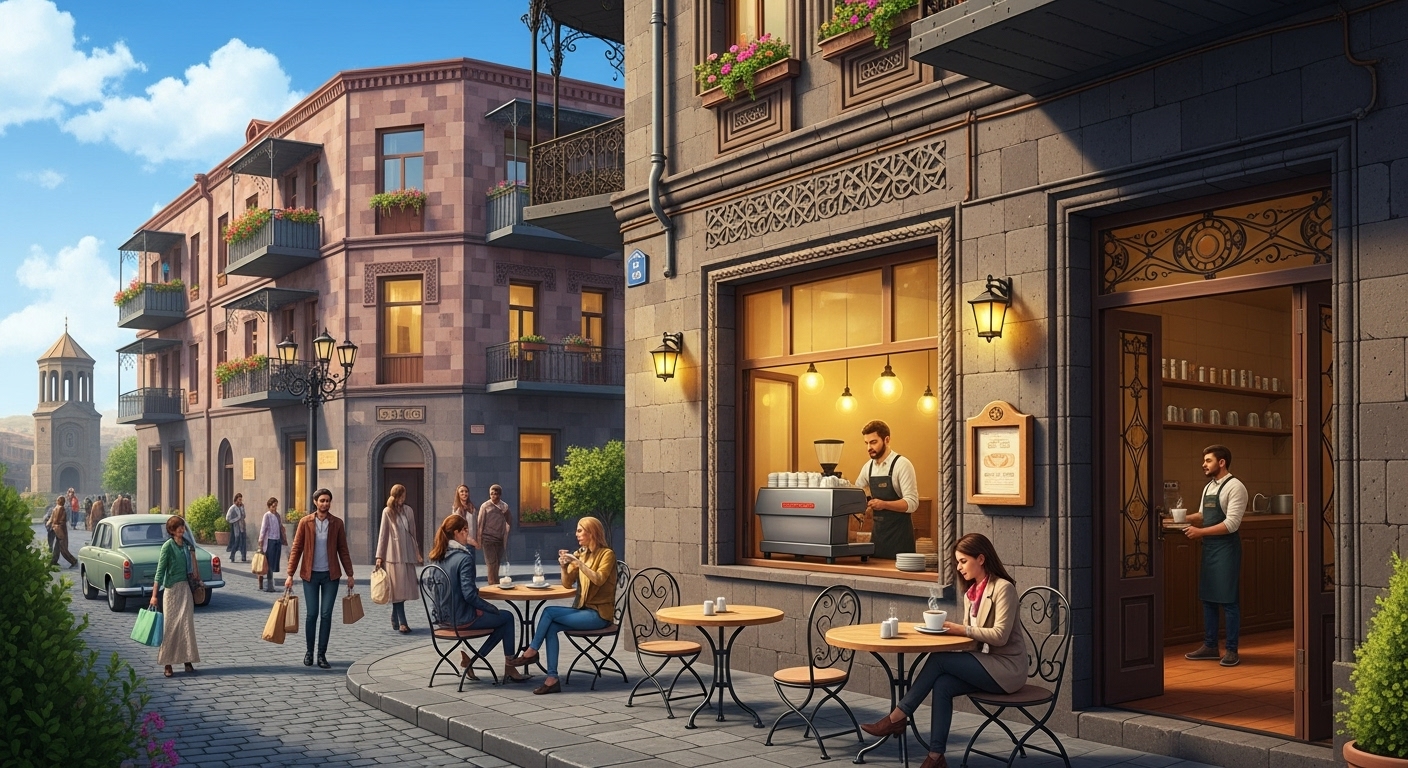
Your Armenian Sentences State Facts. Here's How to Tell a Story with Verbs.
If your Armenian is a collection of labels ('This is a house'), this guide is for you. Discover how to use verbs to turn static photos into living stories and finally start communicating.
The Secret Rhythm of Spanish: How Tiny Pronouns Create Fluent Sentences
Stop building clunky sentences. Discover how mastering pronoun combinations like 'se lo' and 'me la' is the key to unlocking the natural, flowing rhythm of native Spanish.

Your Italian Sentences Have a Director, But No Stage Crew: Mastering the Passive Voice
Tired of your Italian sounding repetitive? Discover how the passive voice adds sophistication and focus to your writing, and learn how to practice it effectively.
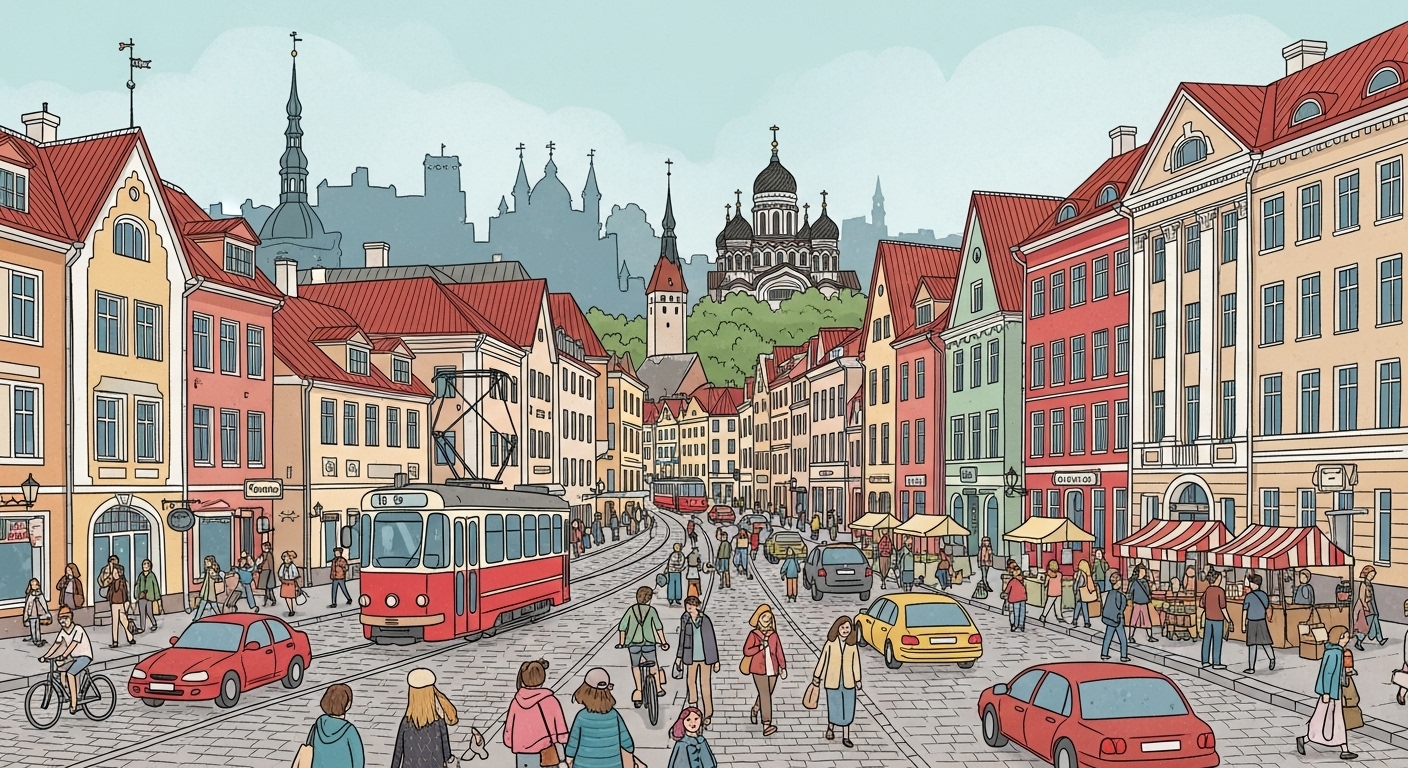
Your Estonian Sentences Are Skeletons. Here's How to Add Organs.
Stuck saying 'Ma lähen poodi'? Learn how to add the crucial 'organs' - like 'with whom' and 'about what' - to bring your Estonian sentences to life. A practical guide.

Your German Sentences Are a Chain of Bricks. Here’s How to Build an Arch.
Stuck writing simple 'and then...' sentences in German? Learn to connect your ideas with the elegance of a native speaker by mastering the art of subordinate clauses. This is the B1 to B2 leap.

The 'Doing vs. Done' Dilemma: Your Guide to Mastering Polish Verbal Aspect
Why do your Polish stories sound like a to-do list? The secret is verbal aspect. Master the difference between 'robić' and 'zrobić' to finally tell compelling stories, not just state facts.
Page 1
404 total posts